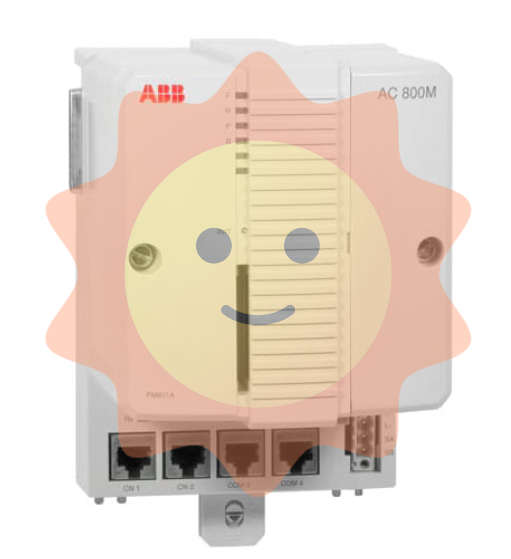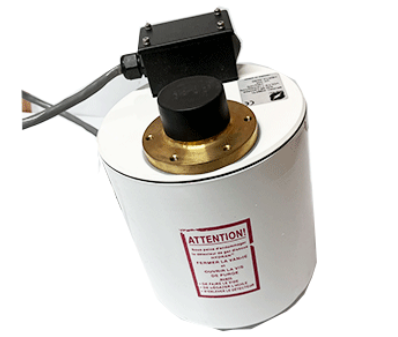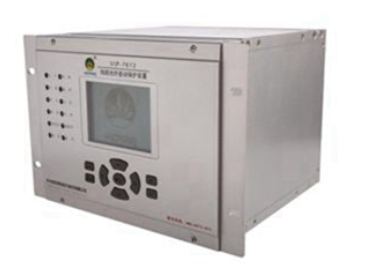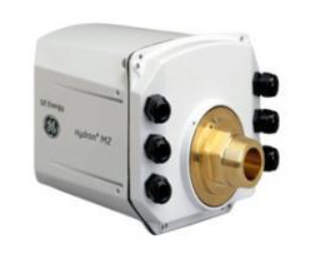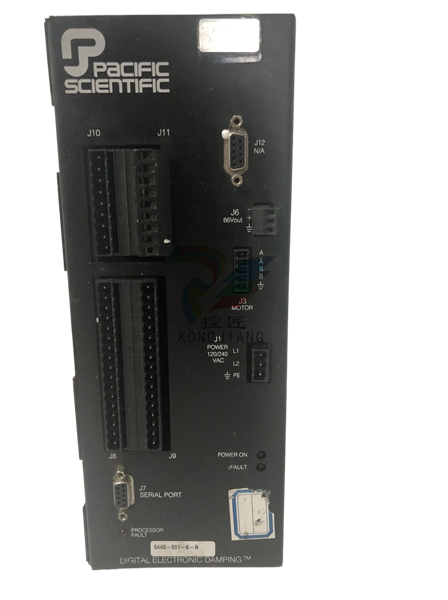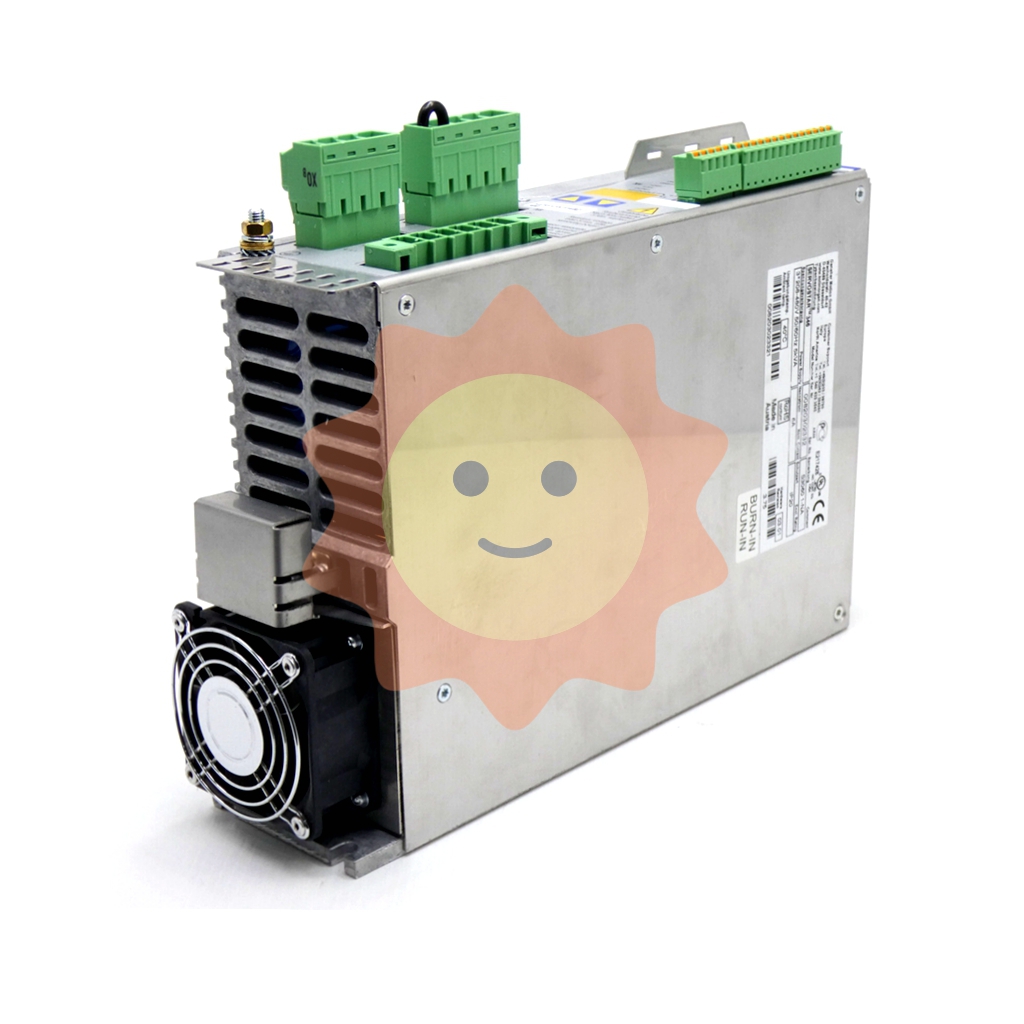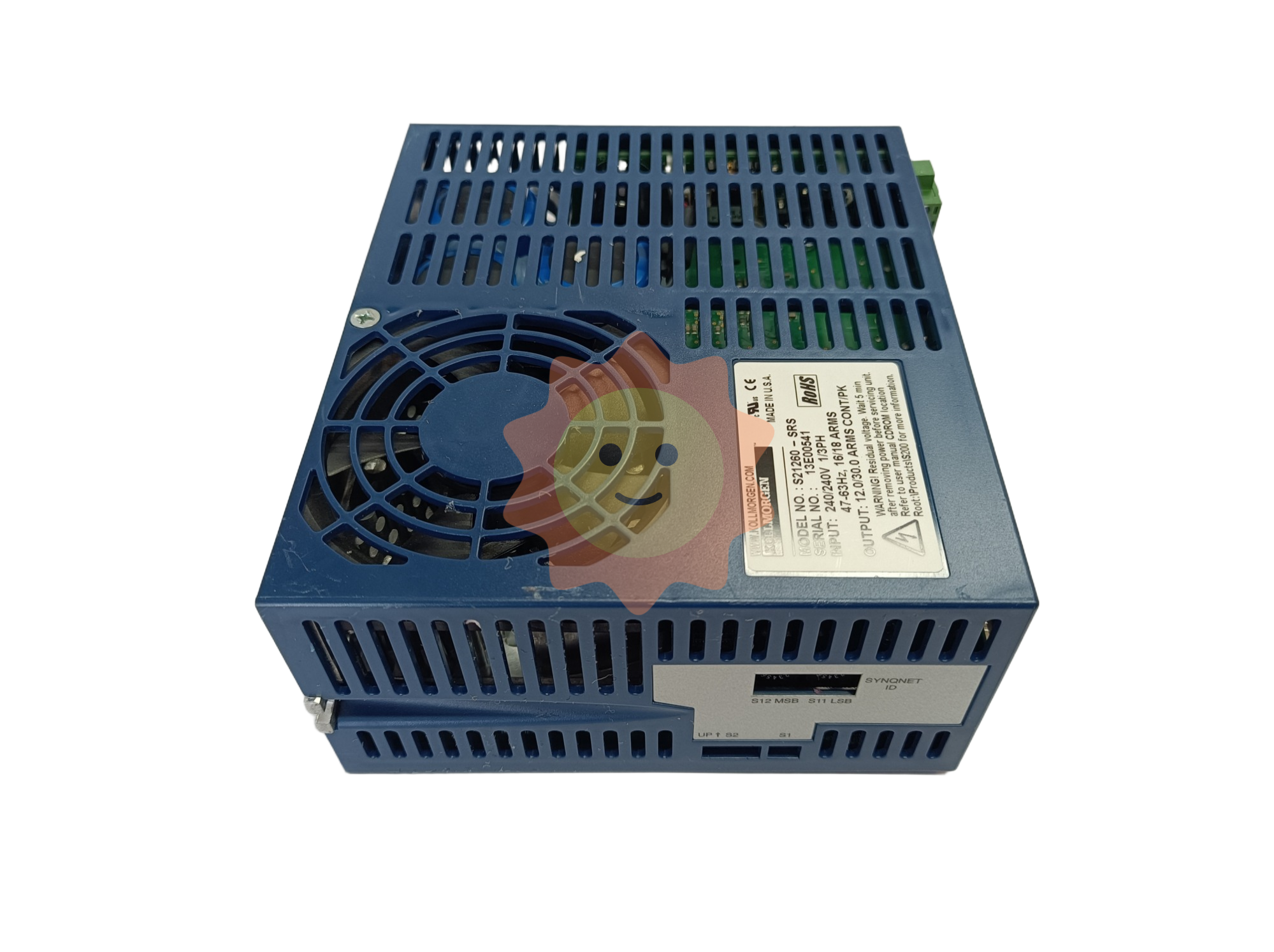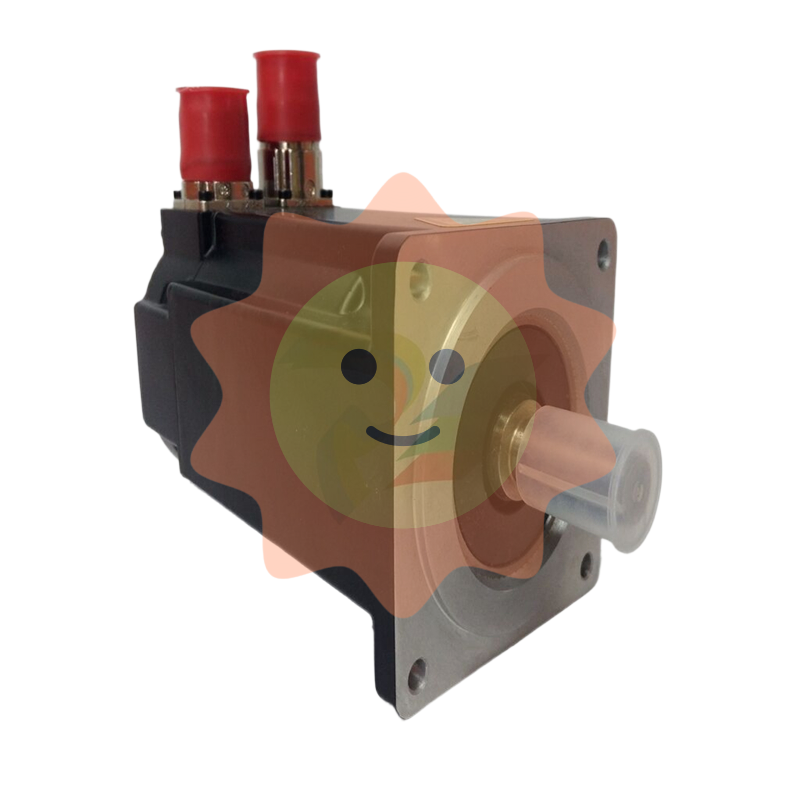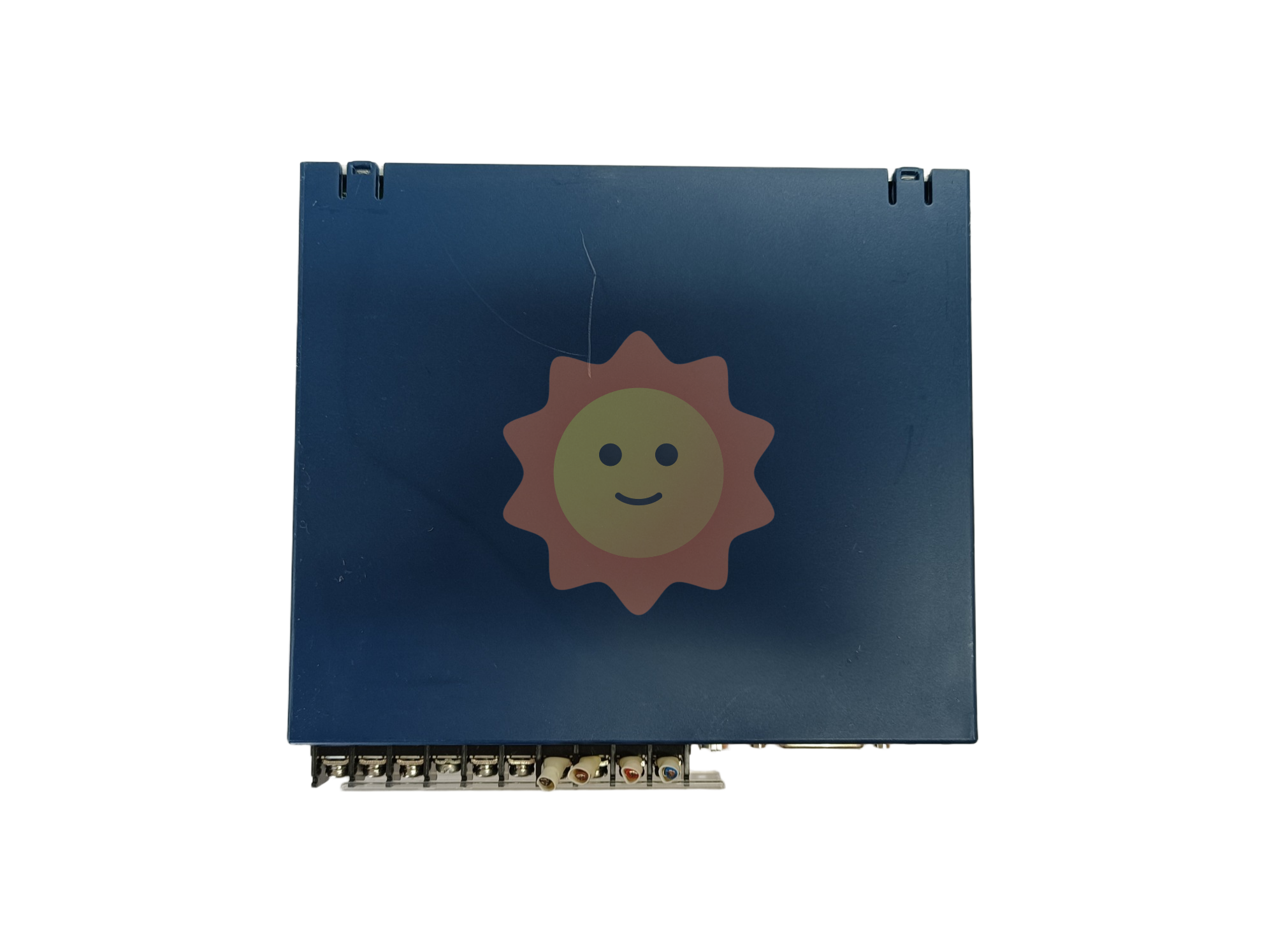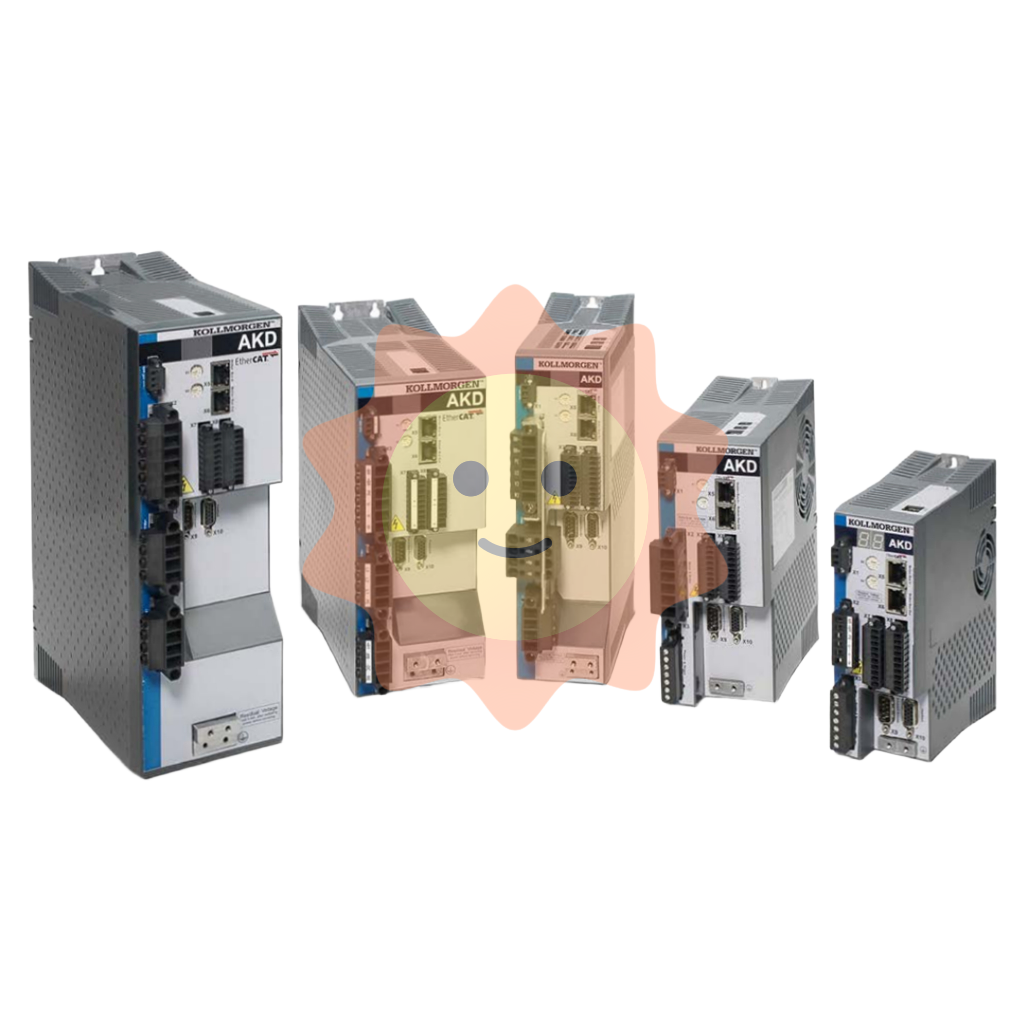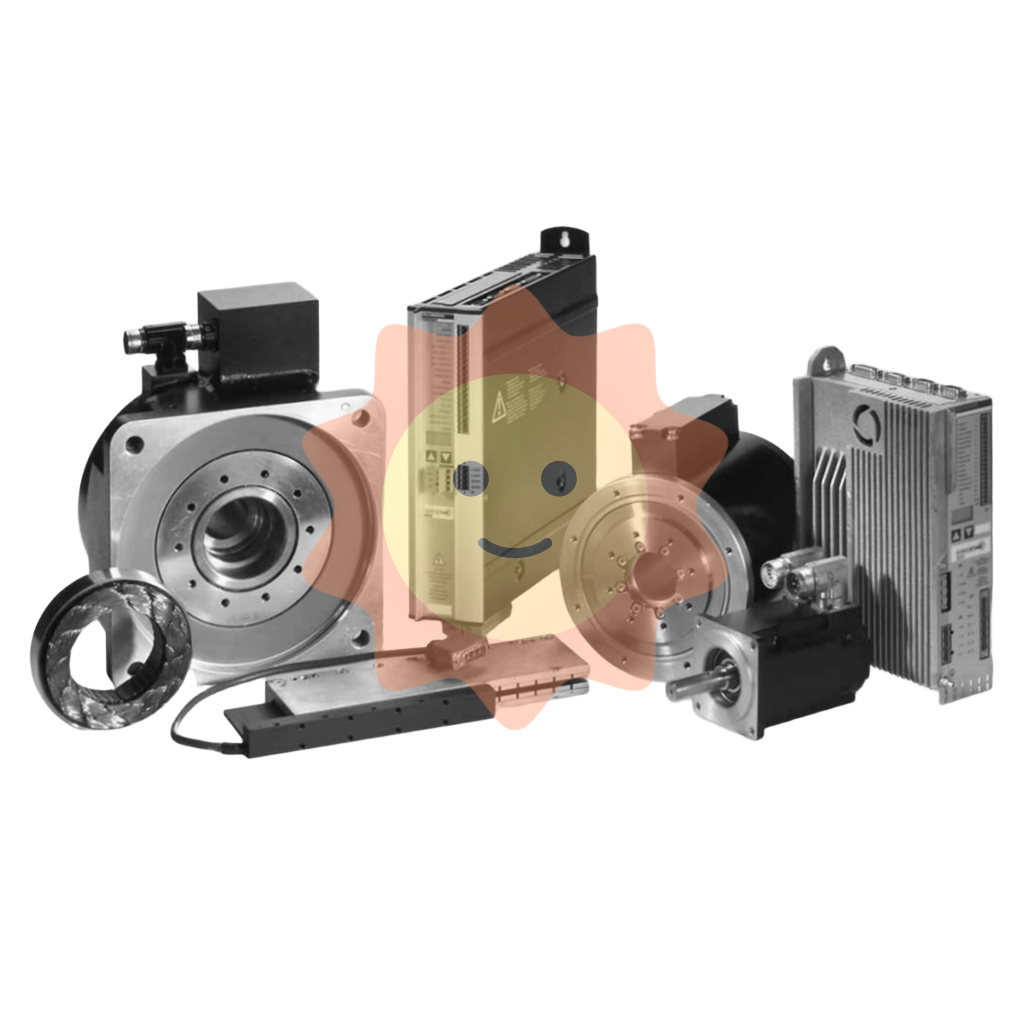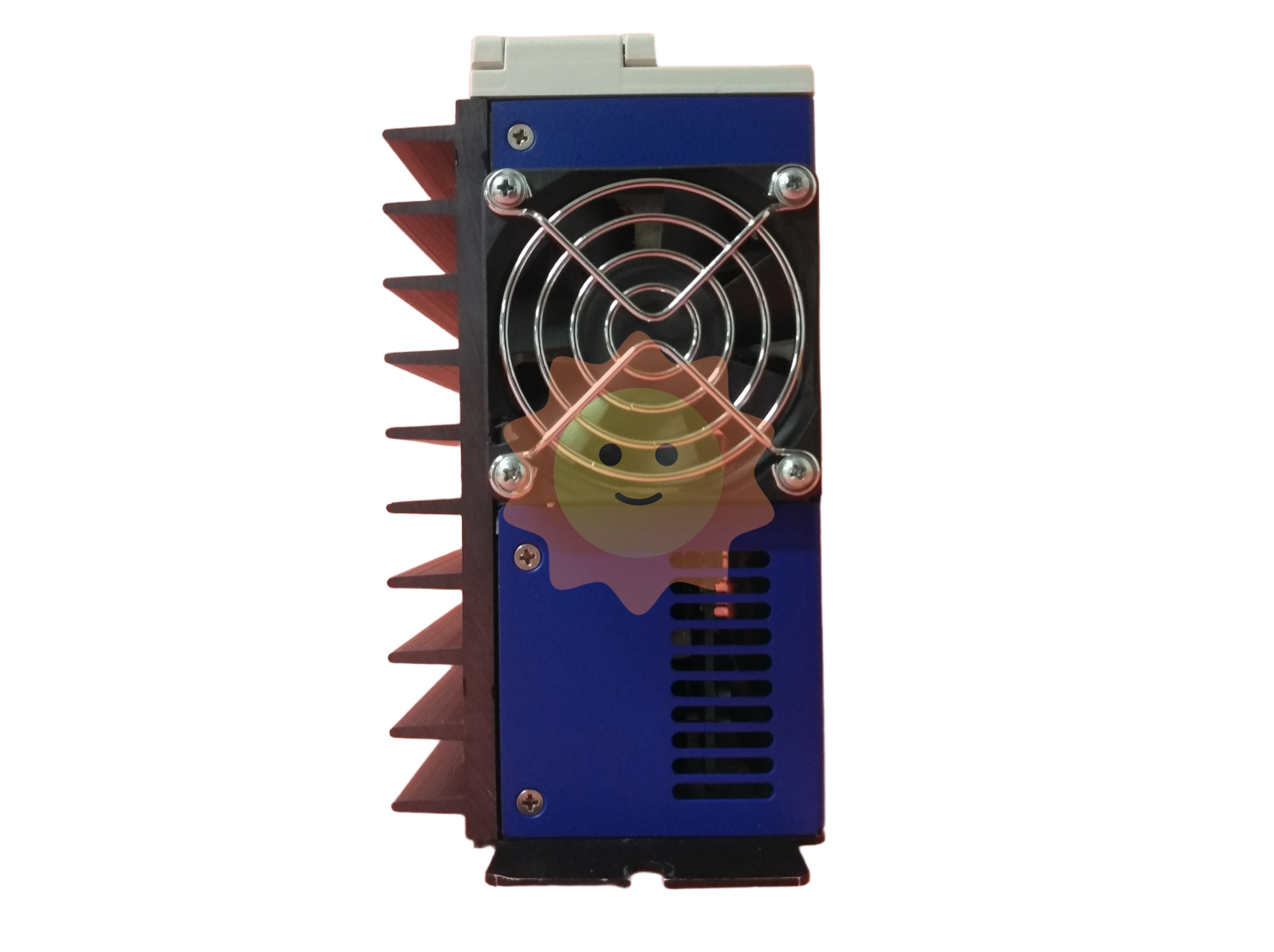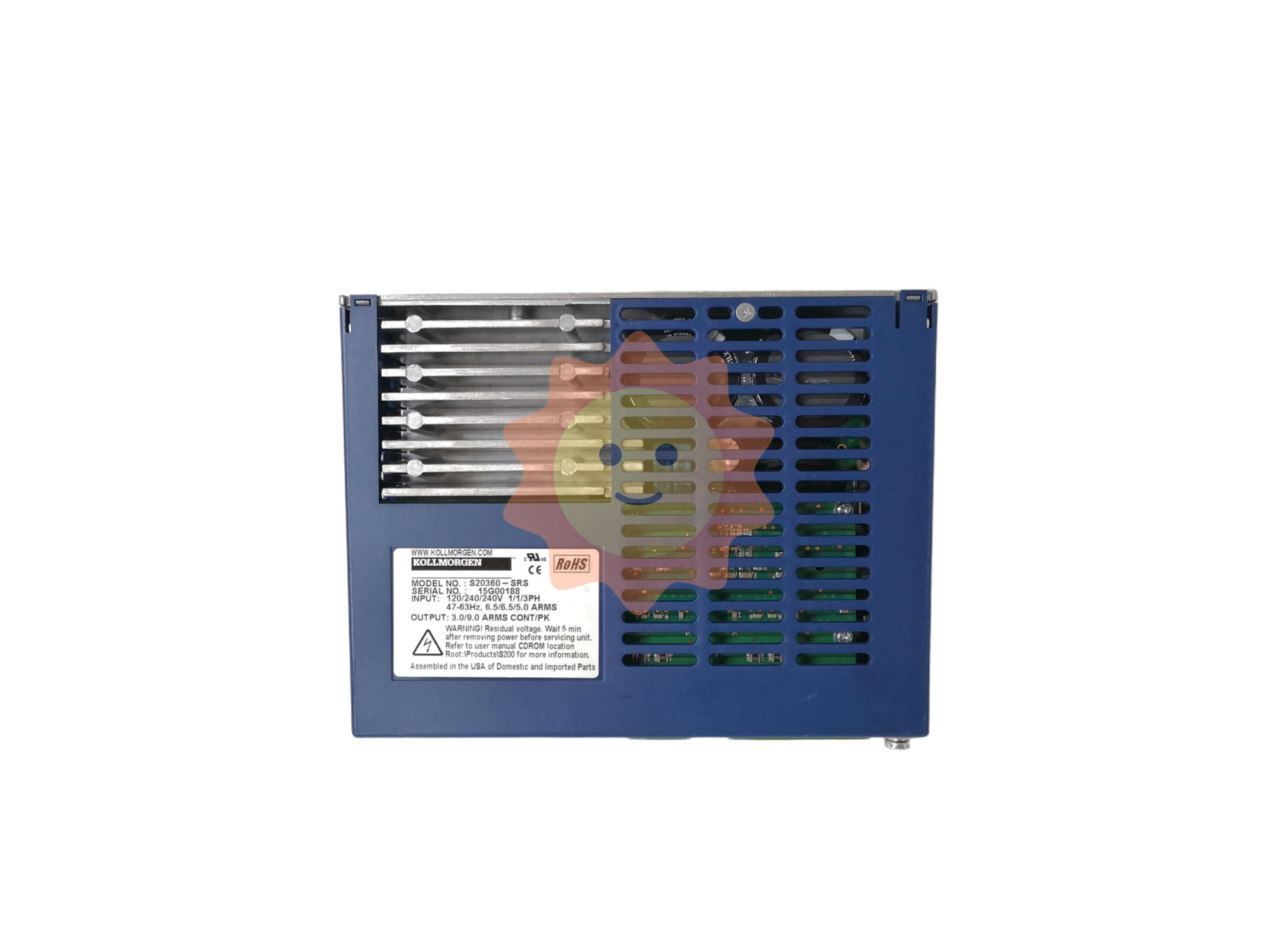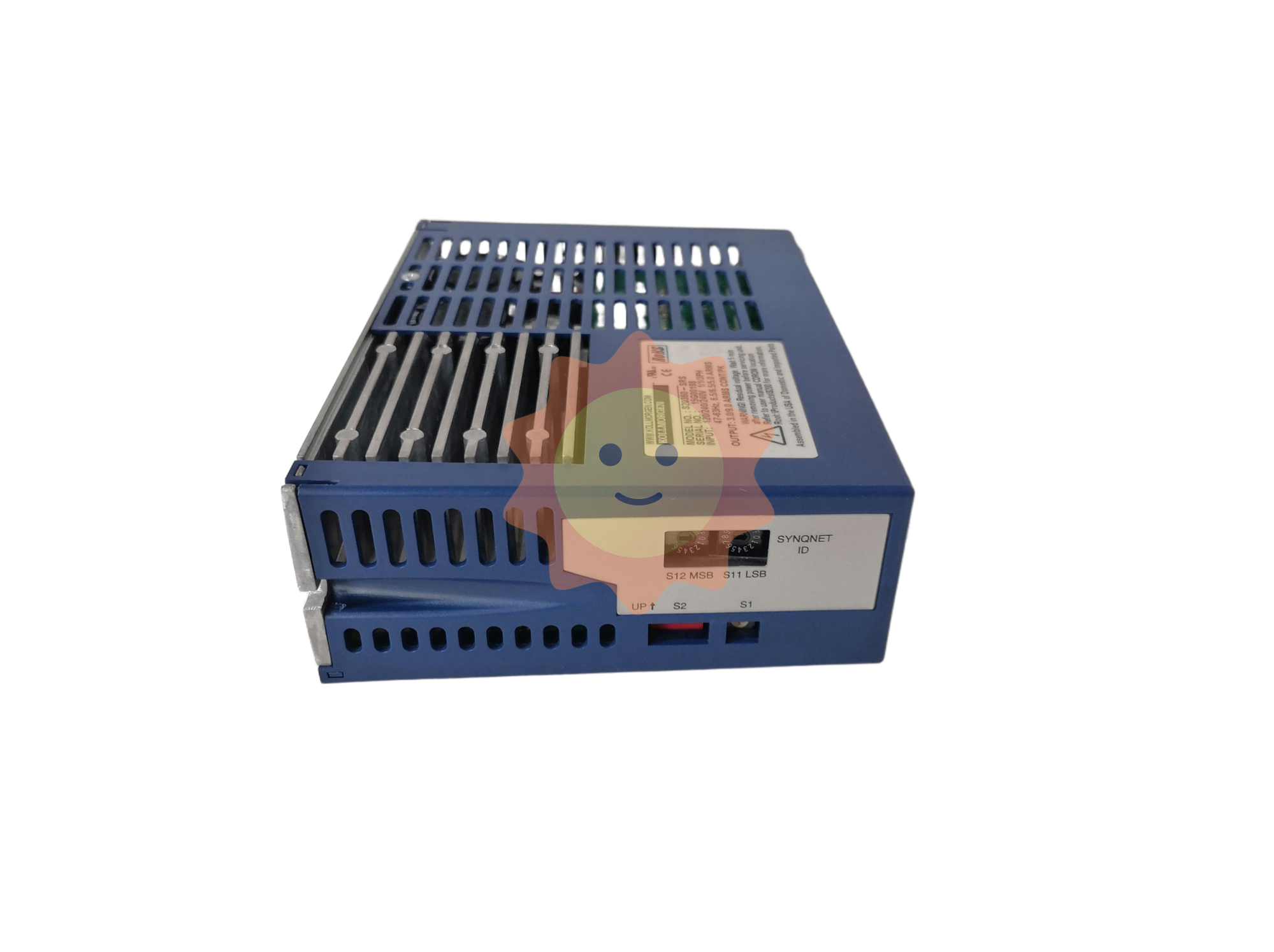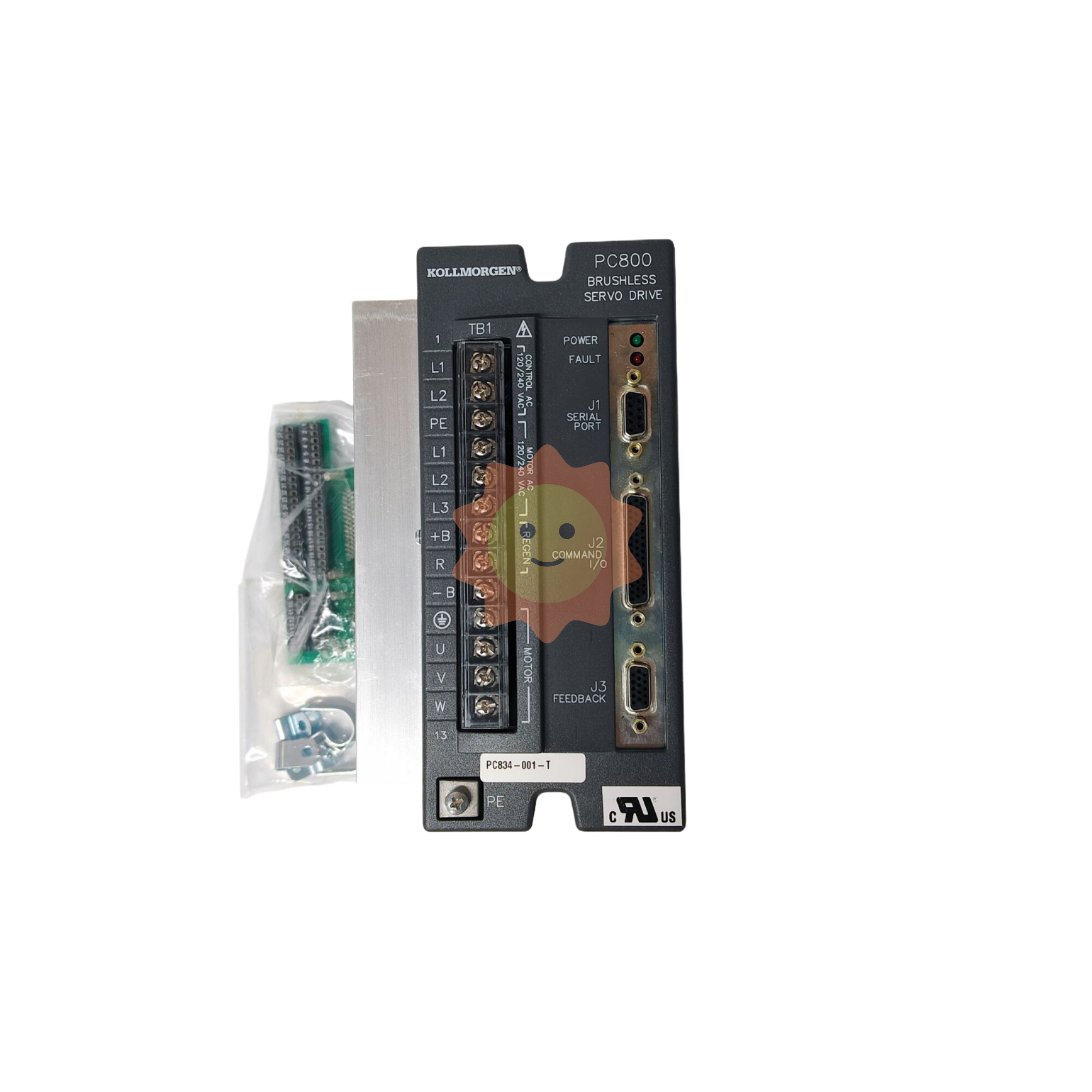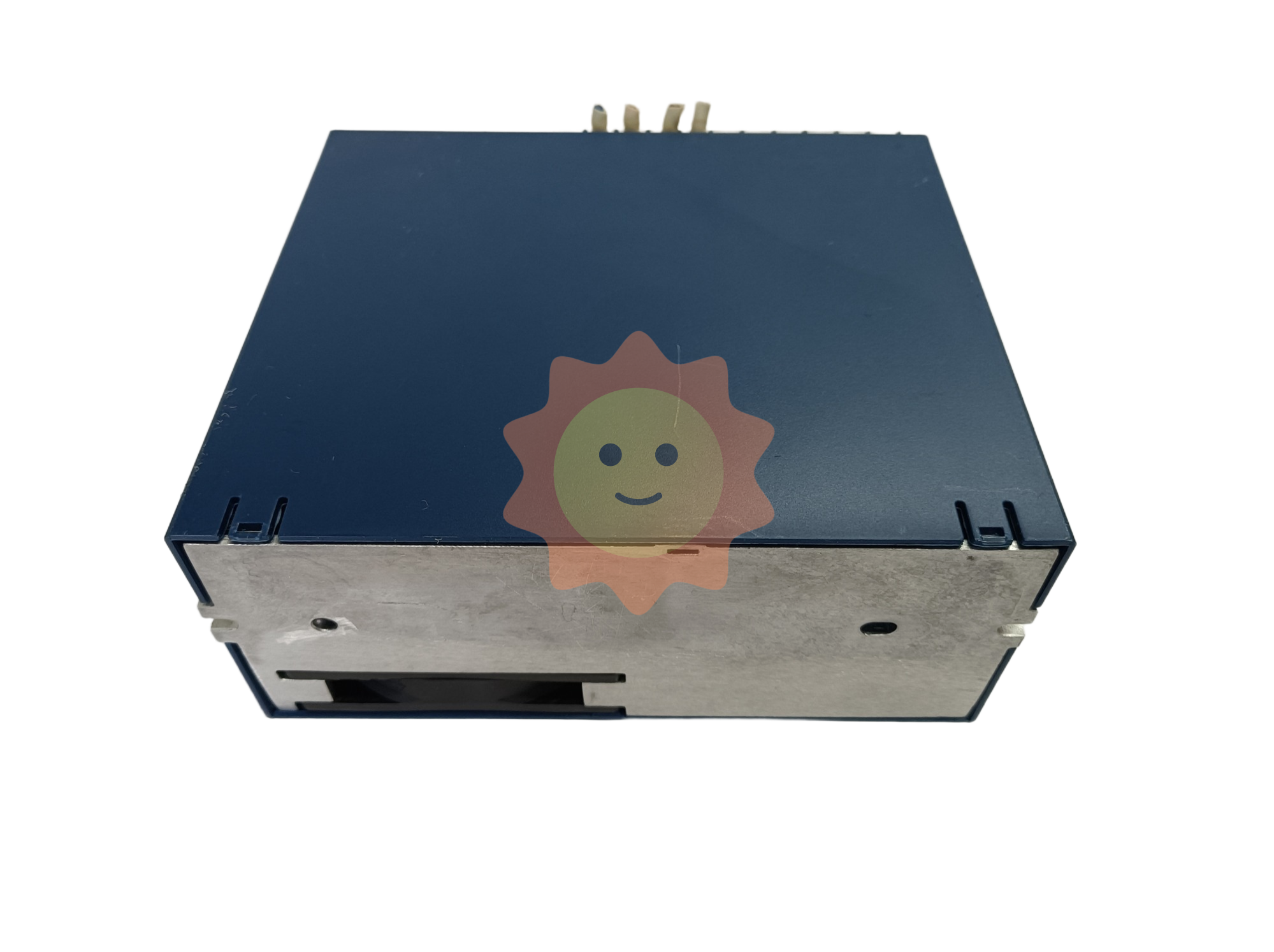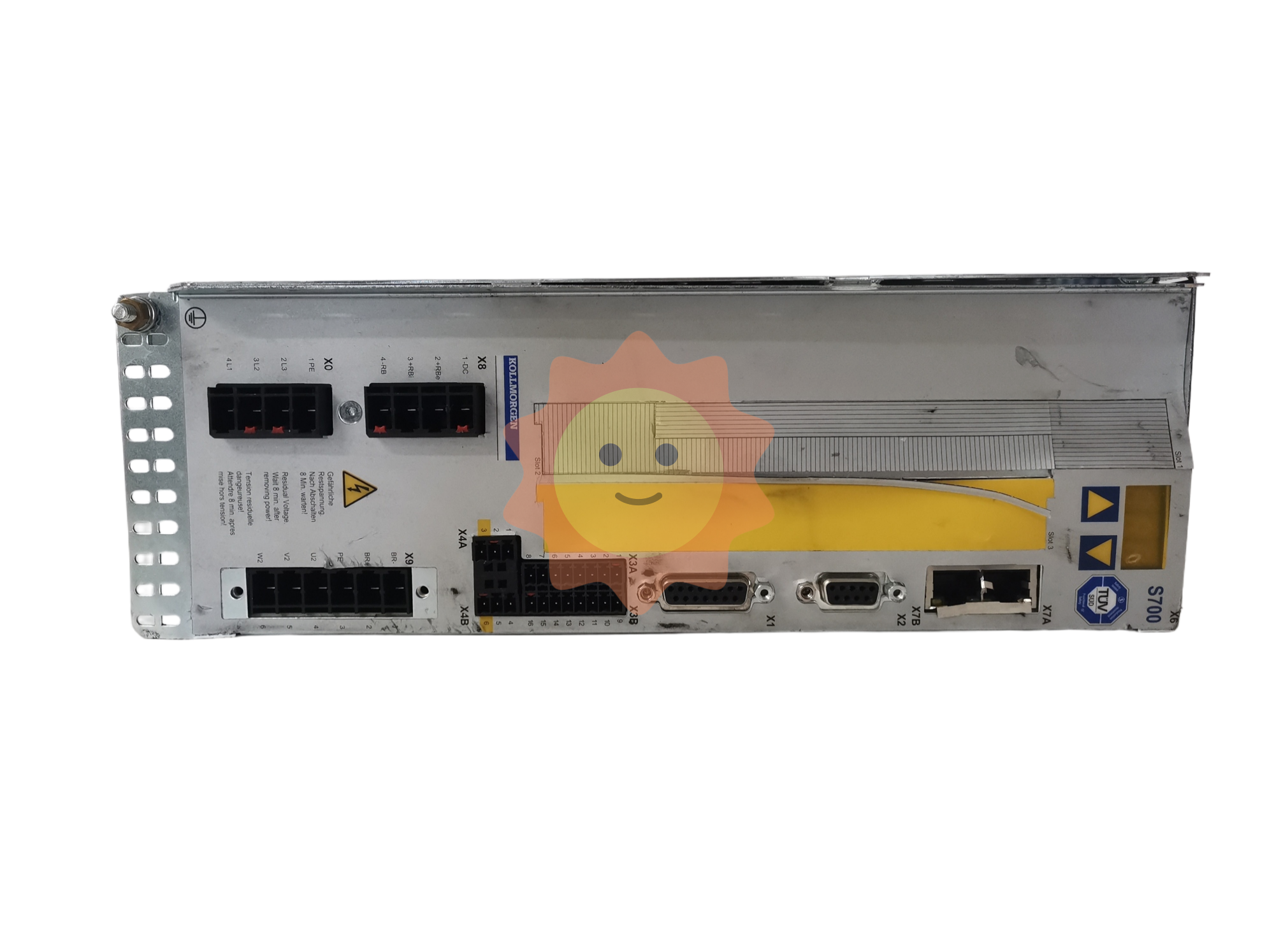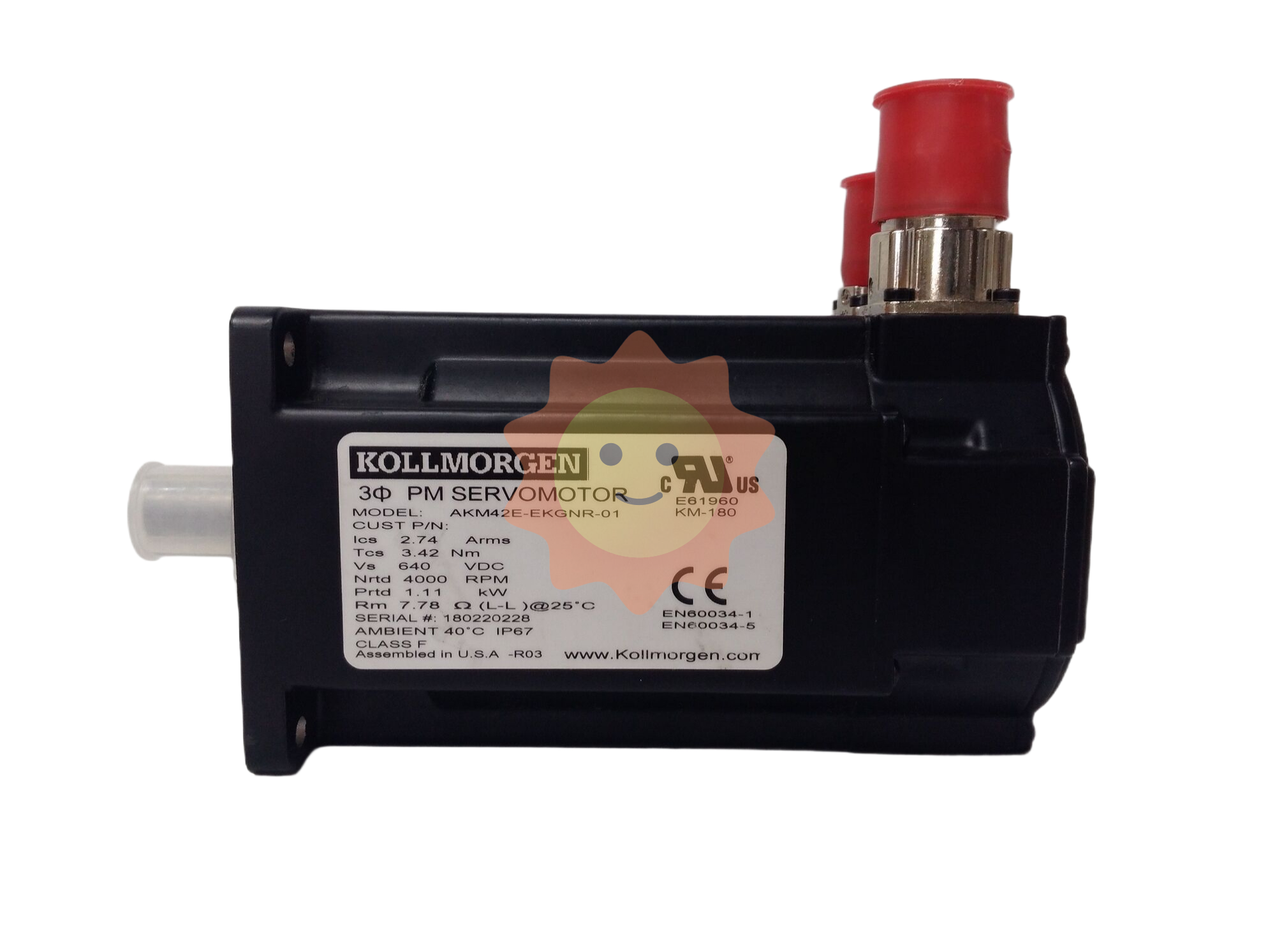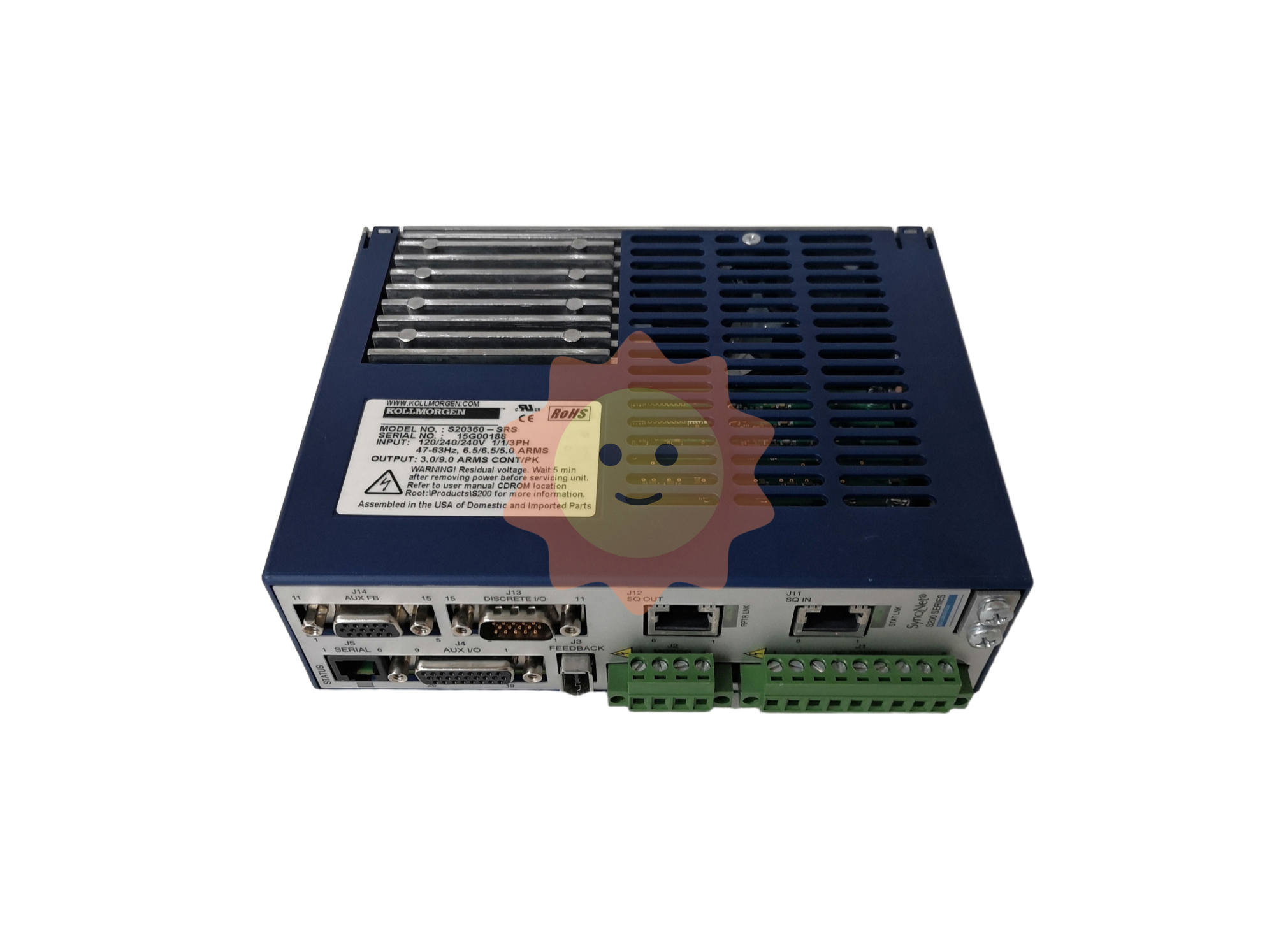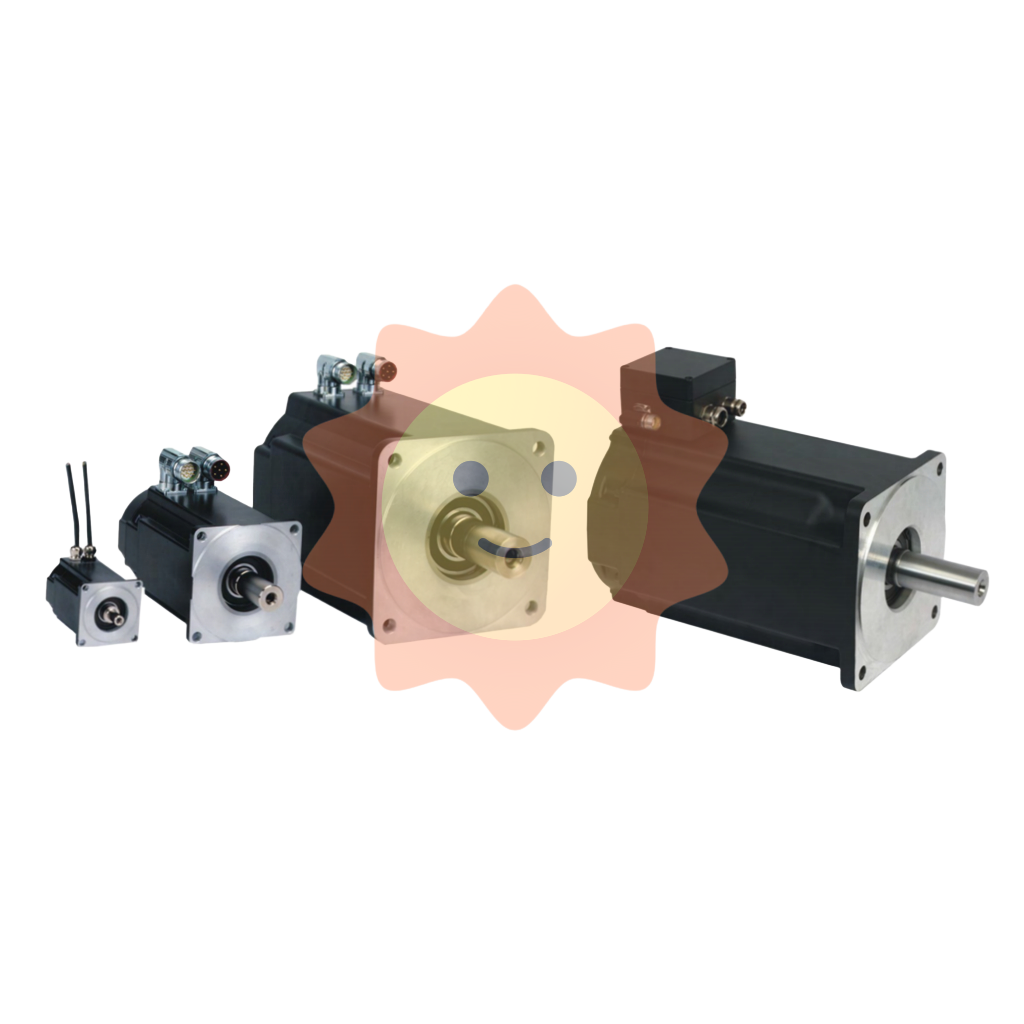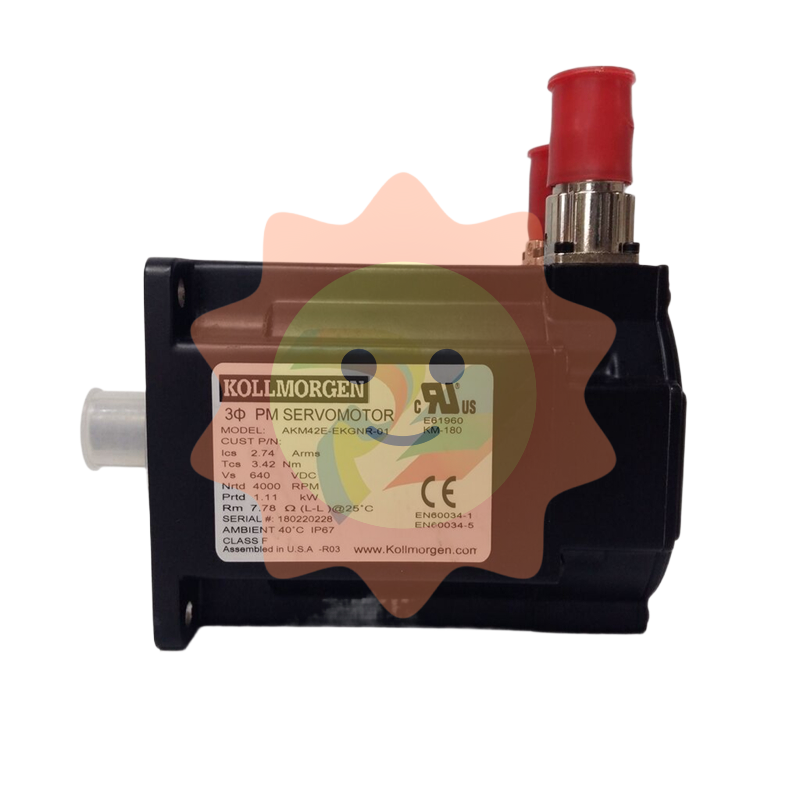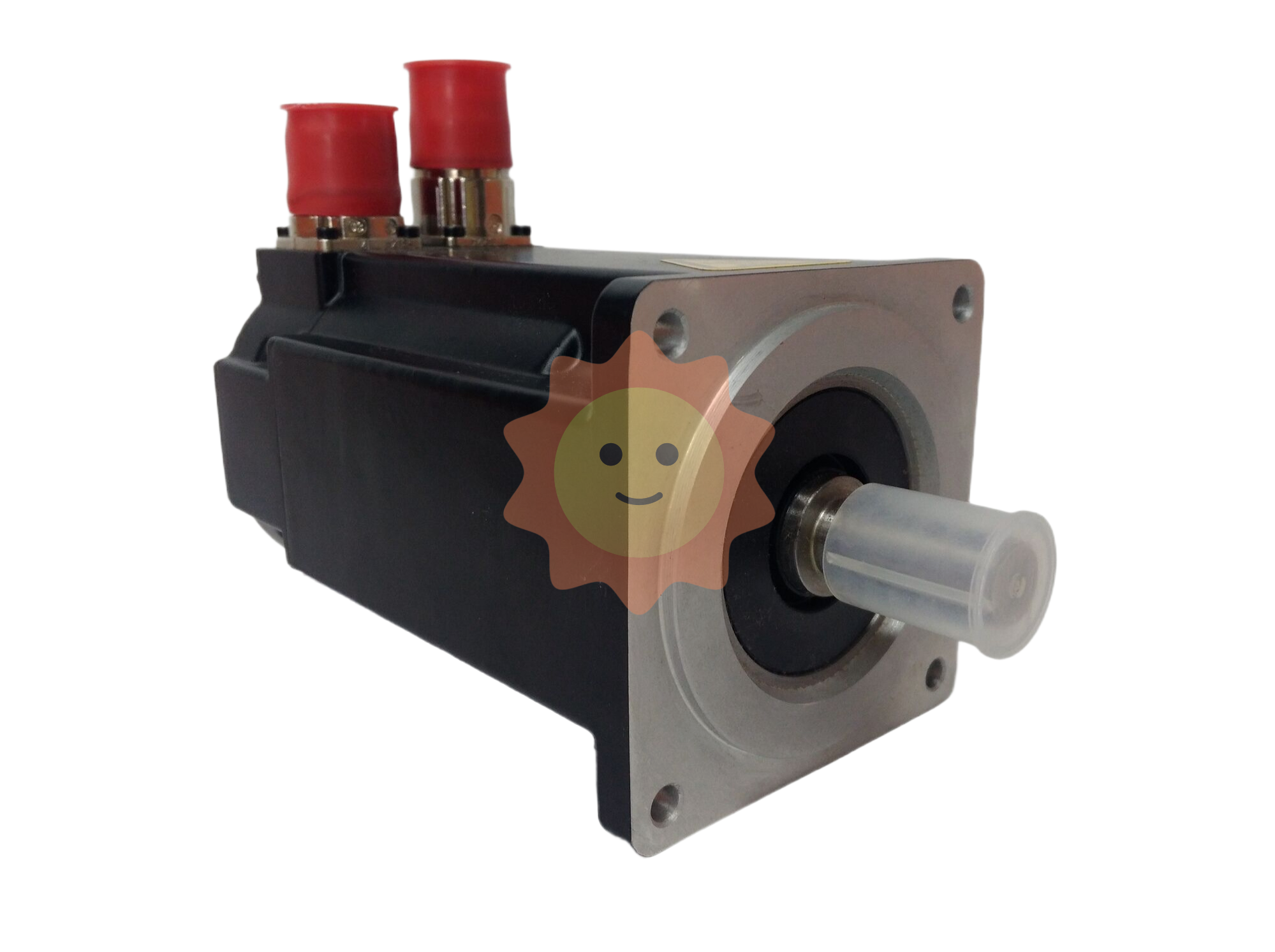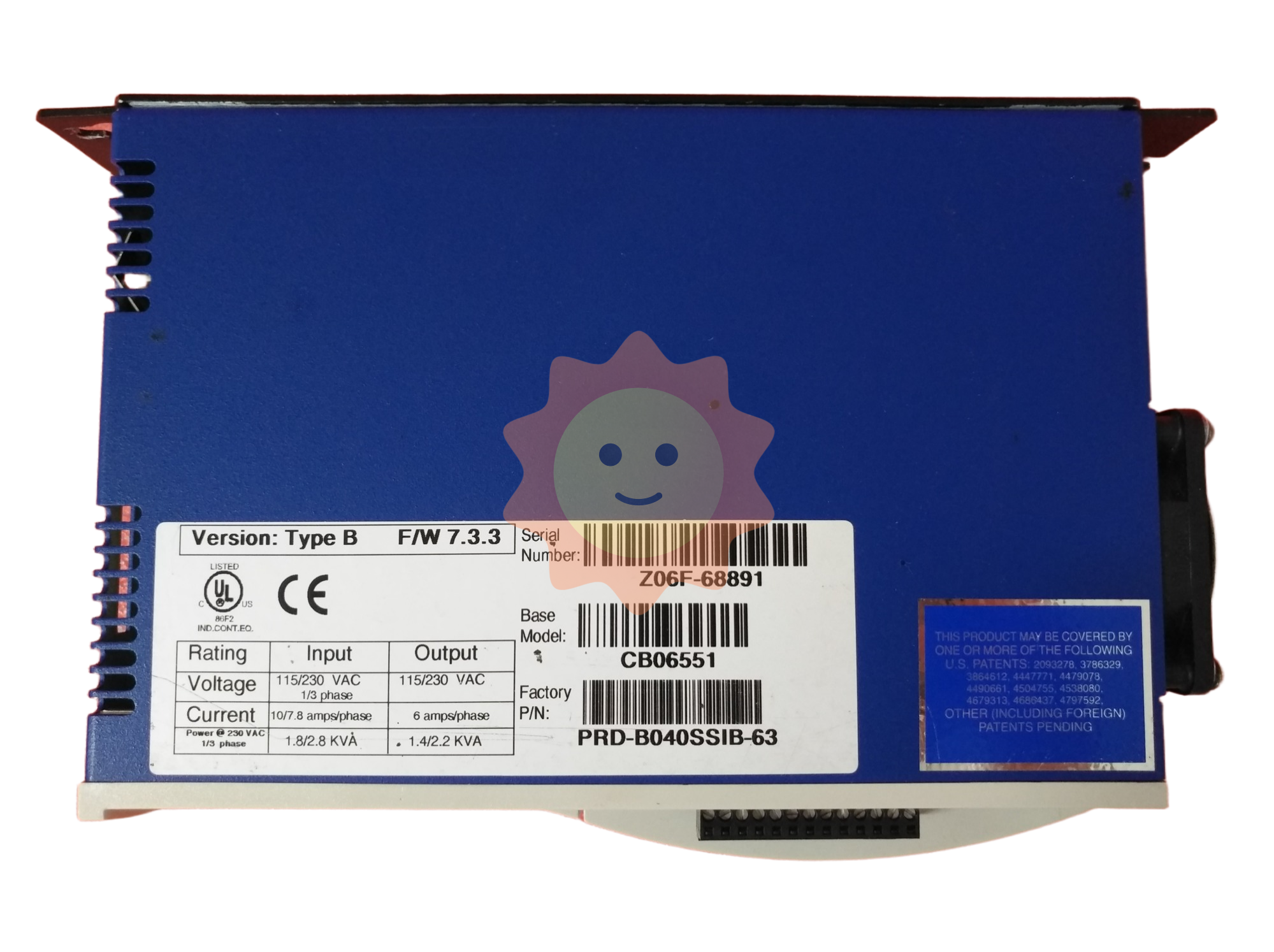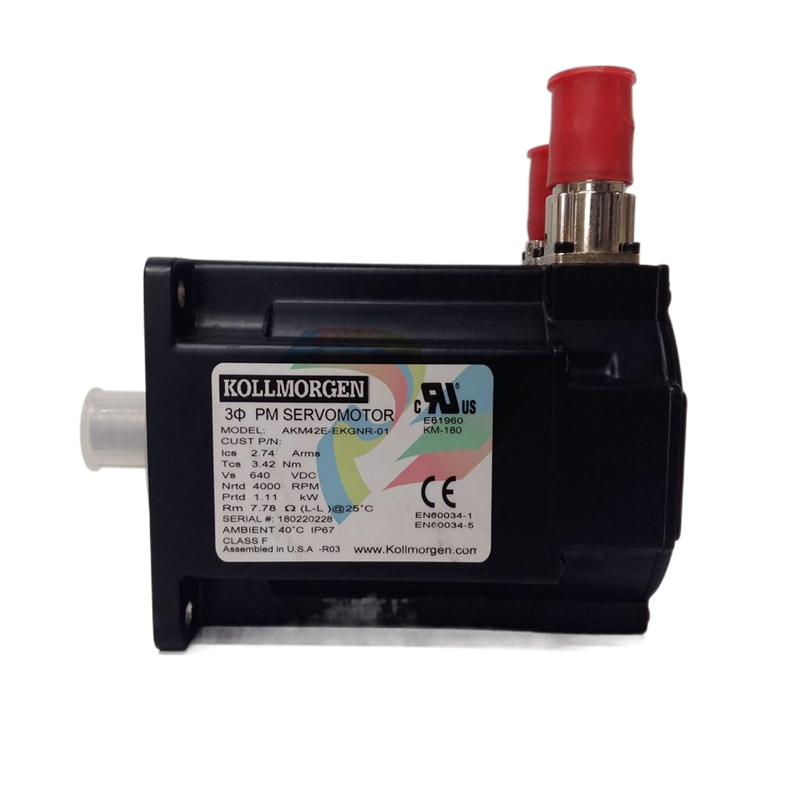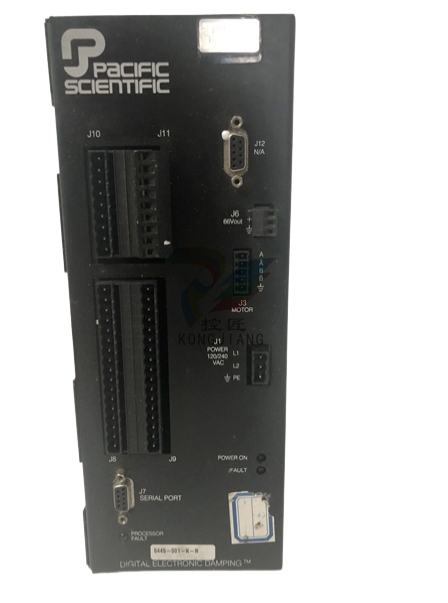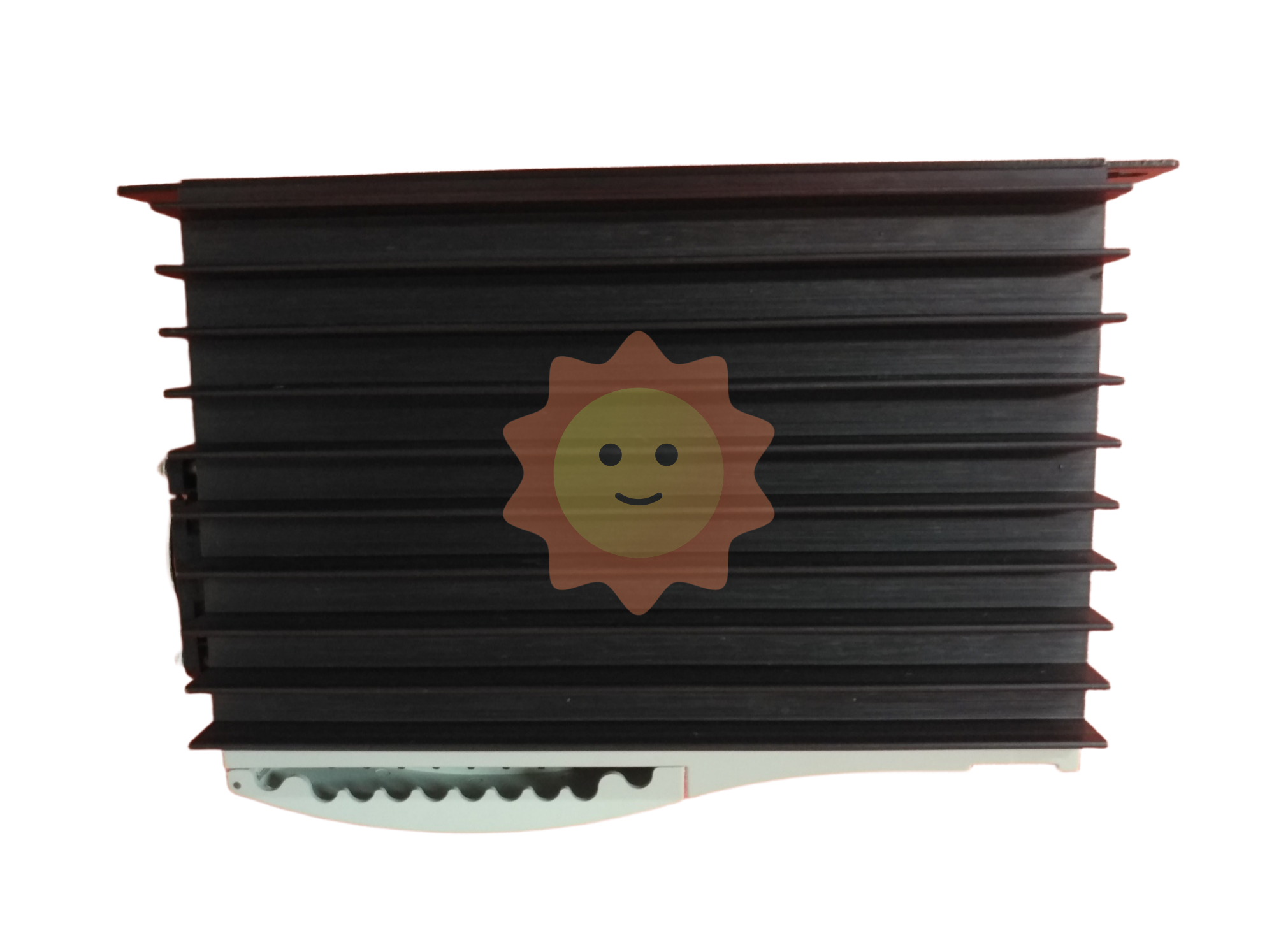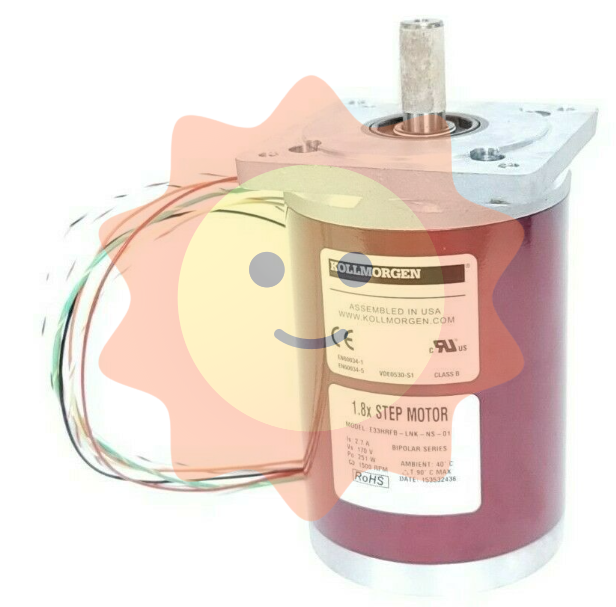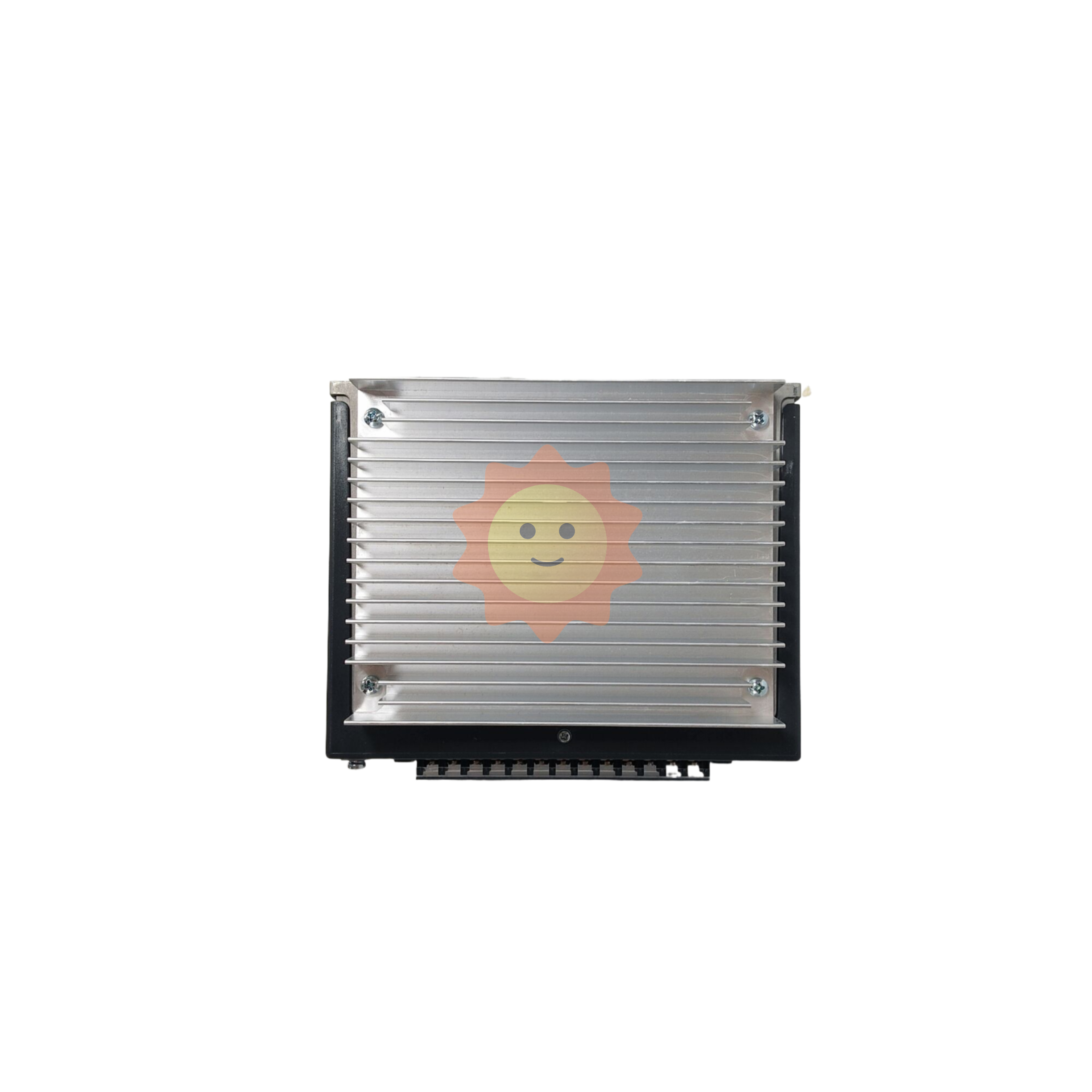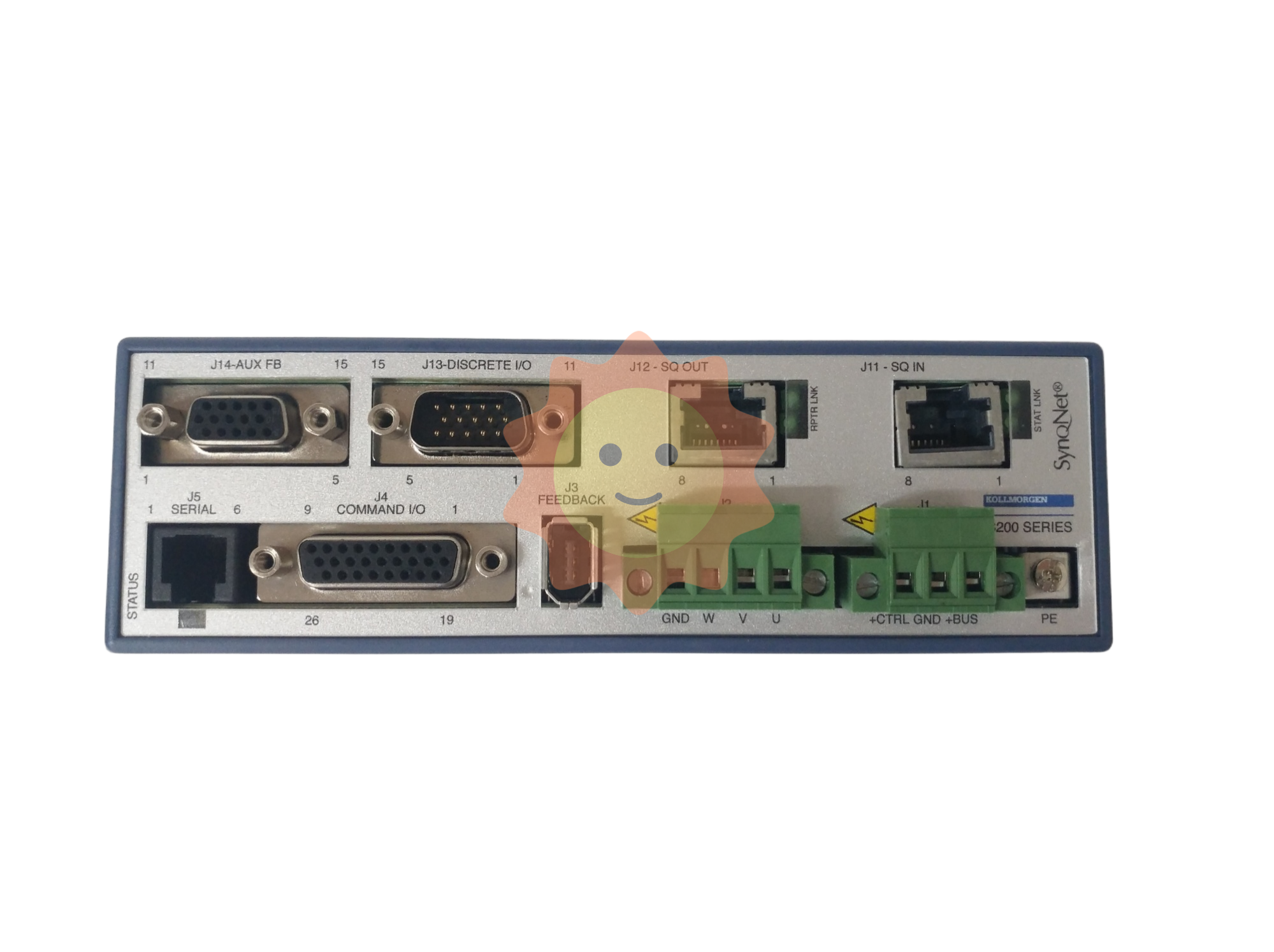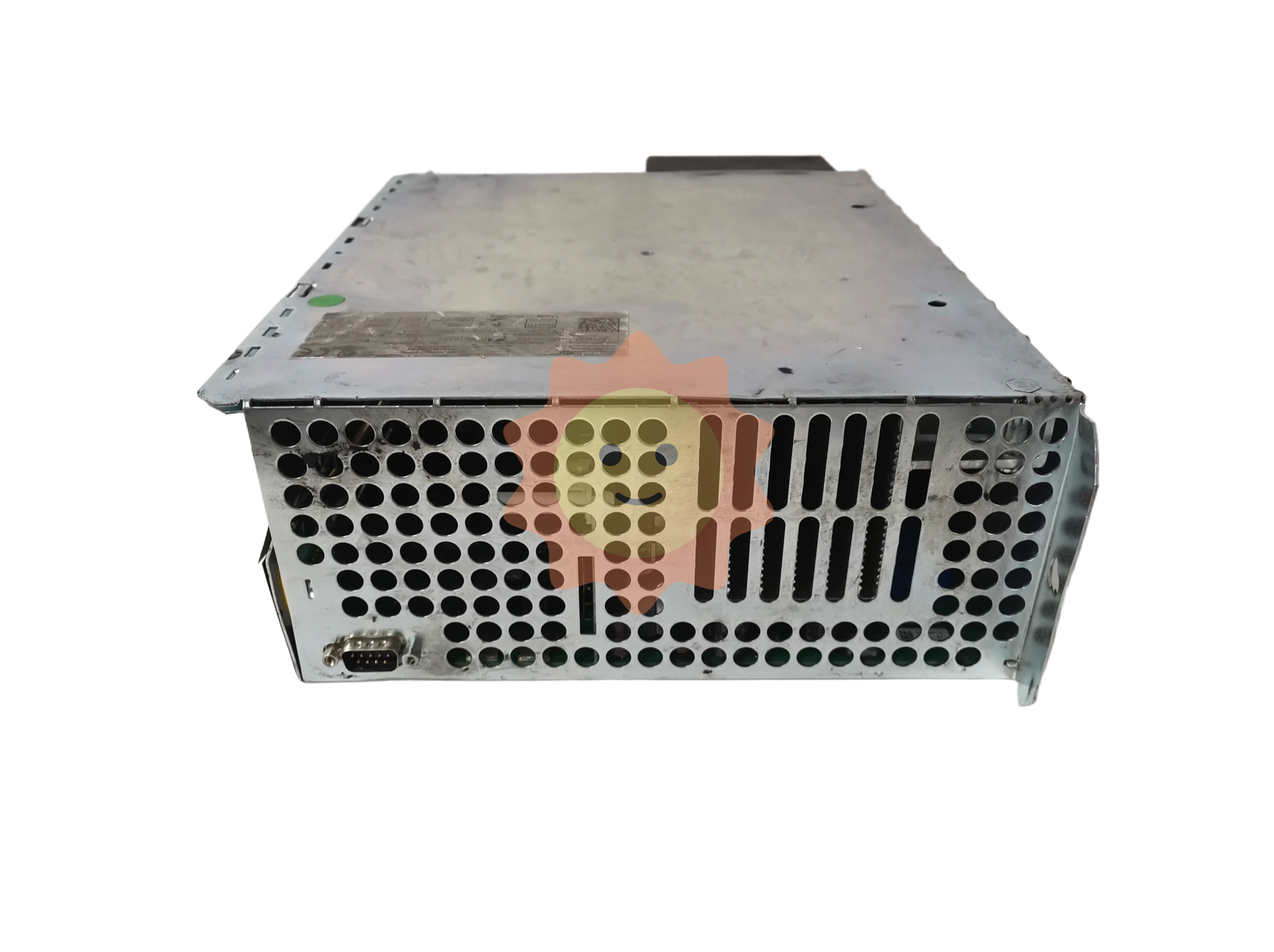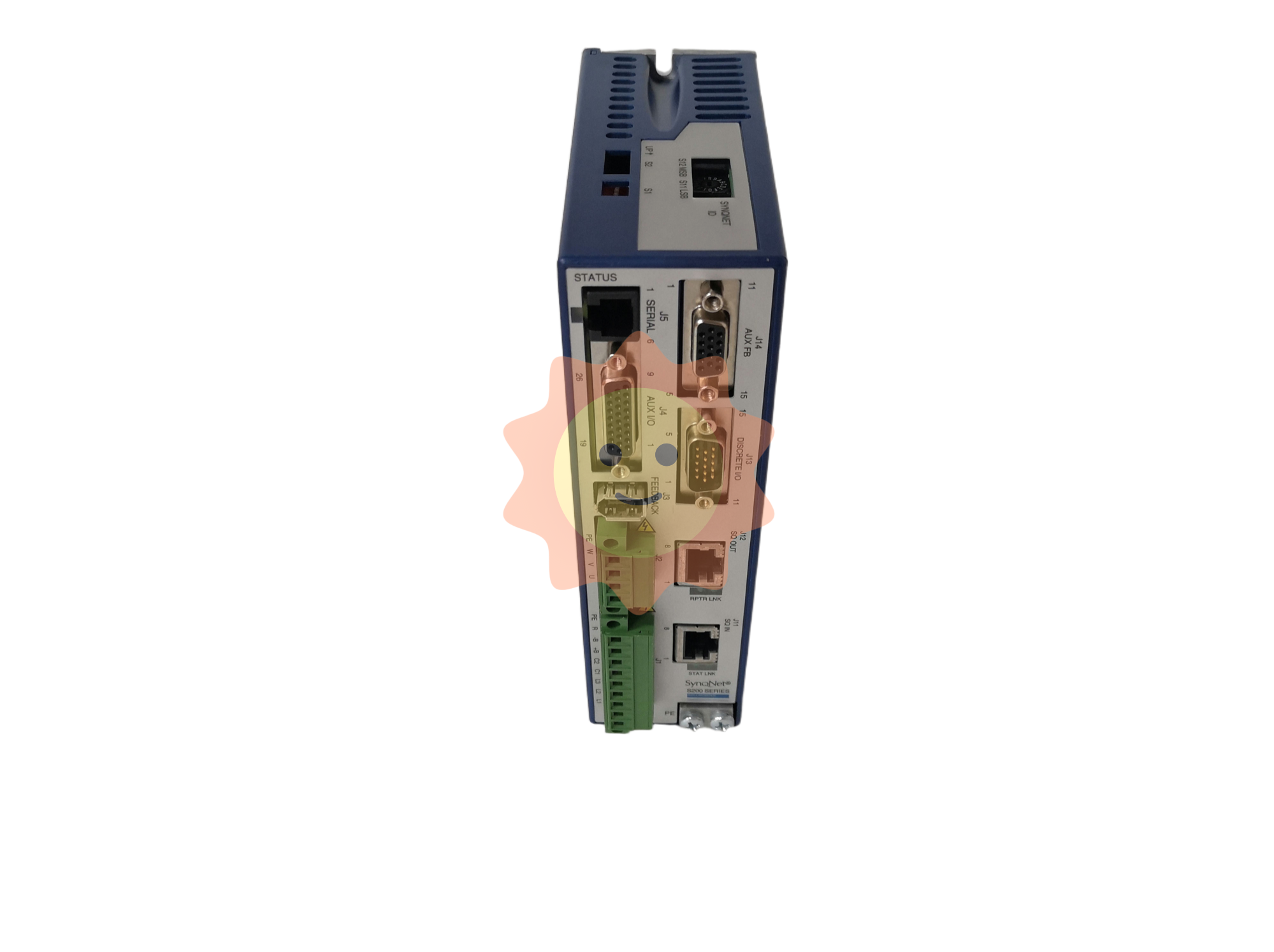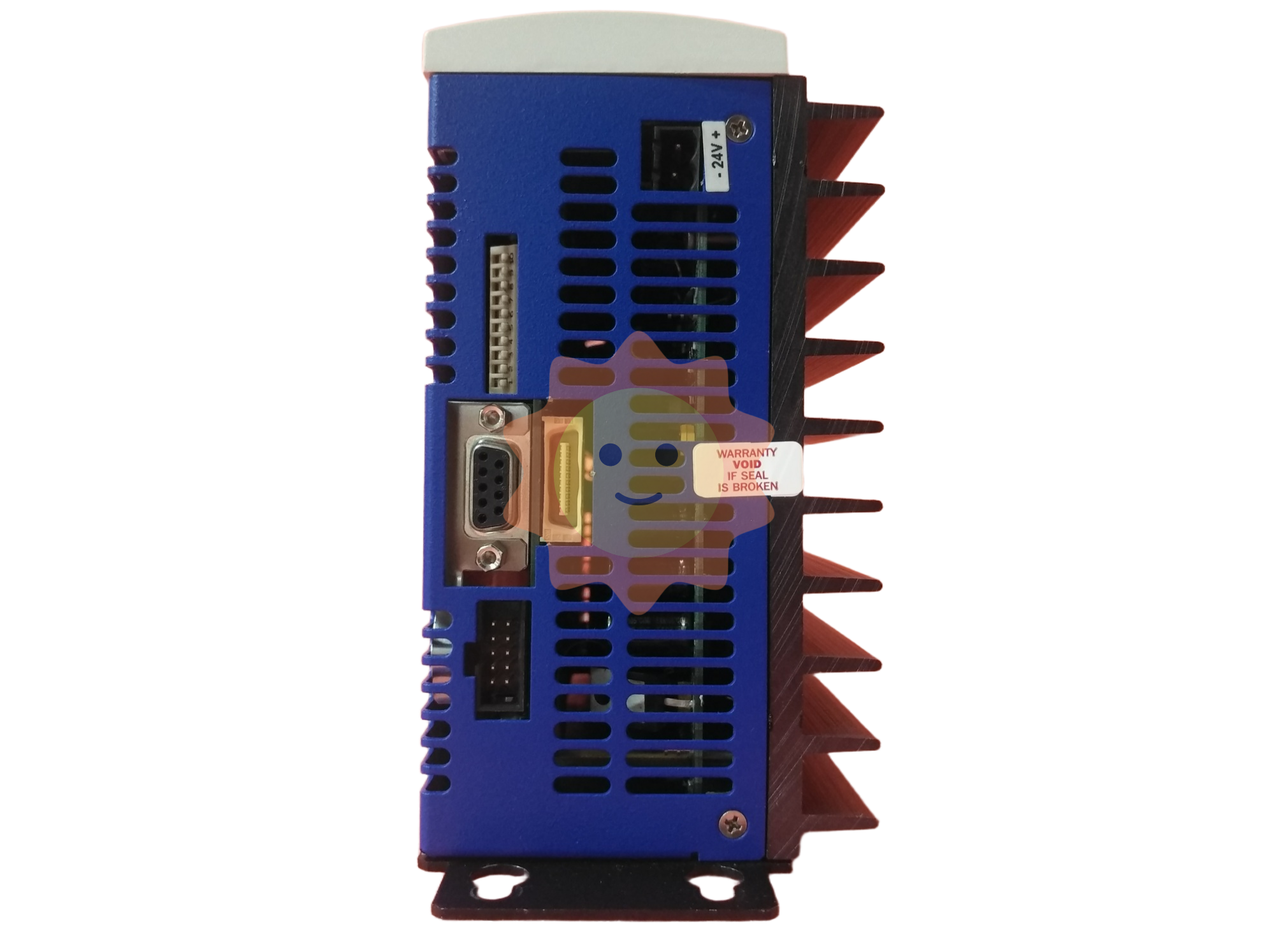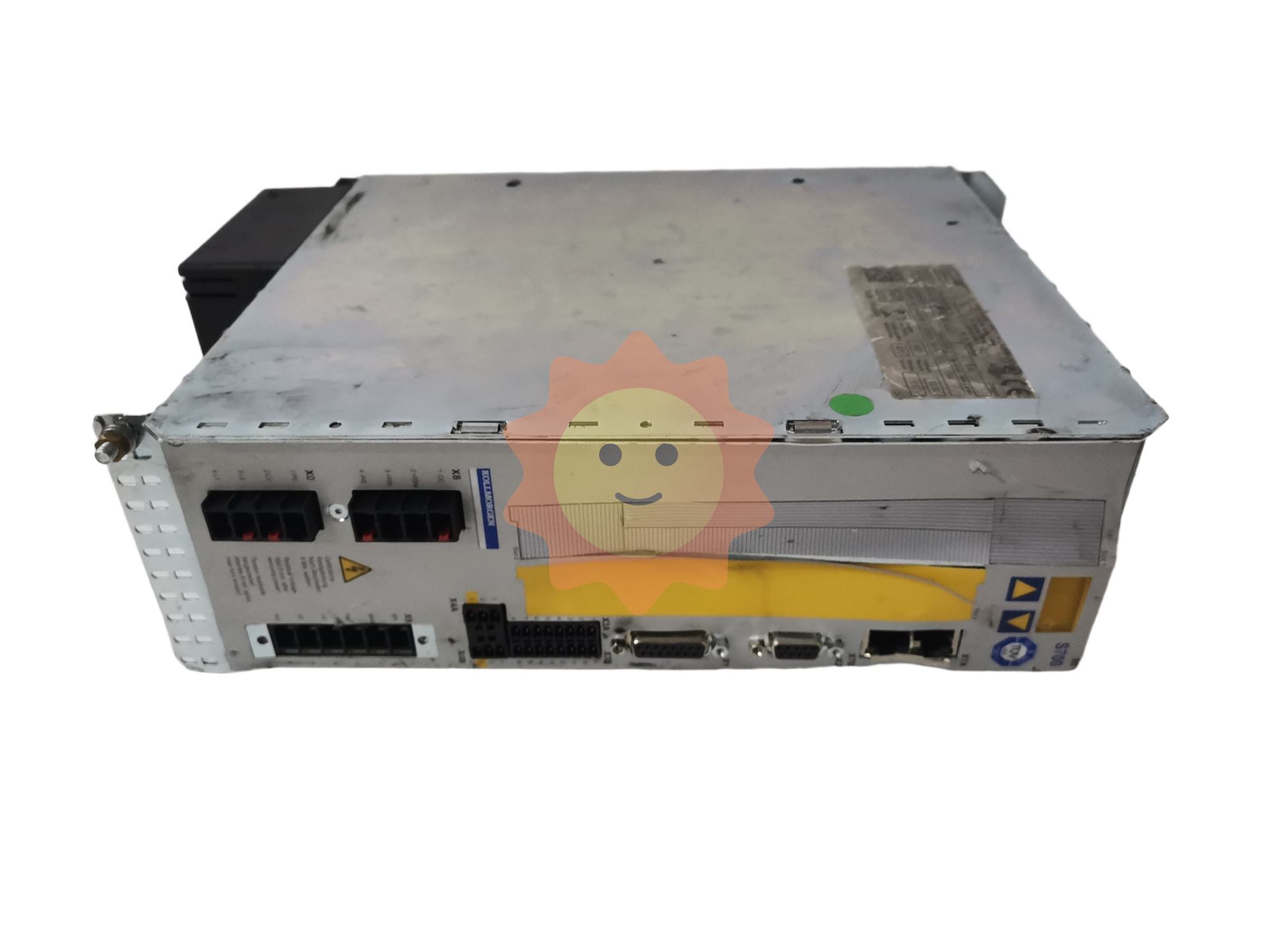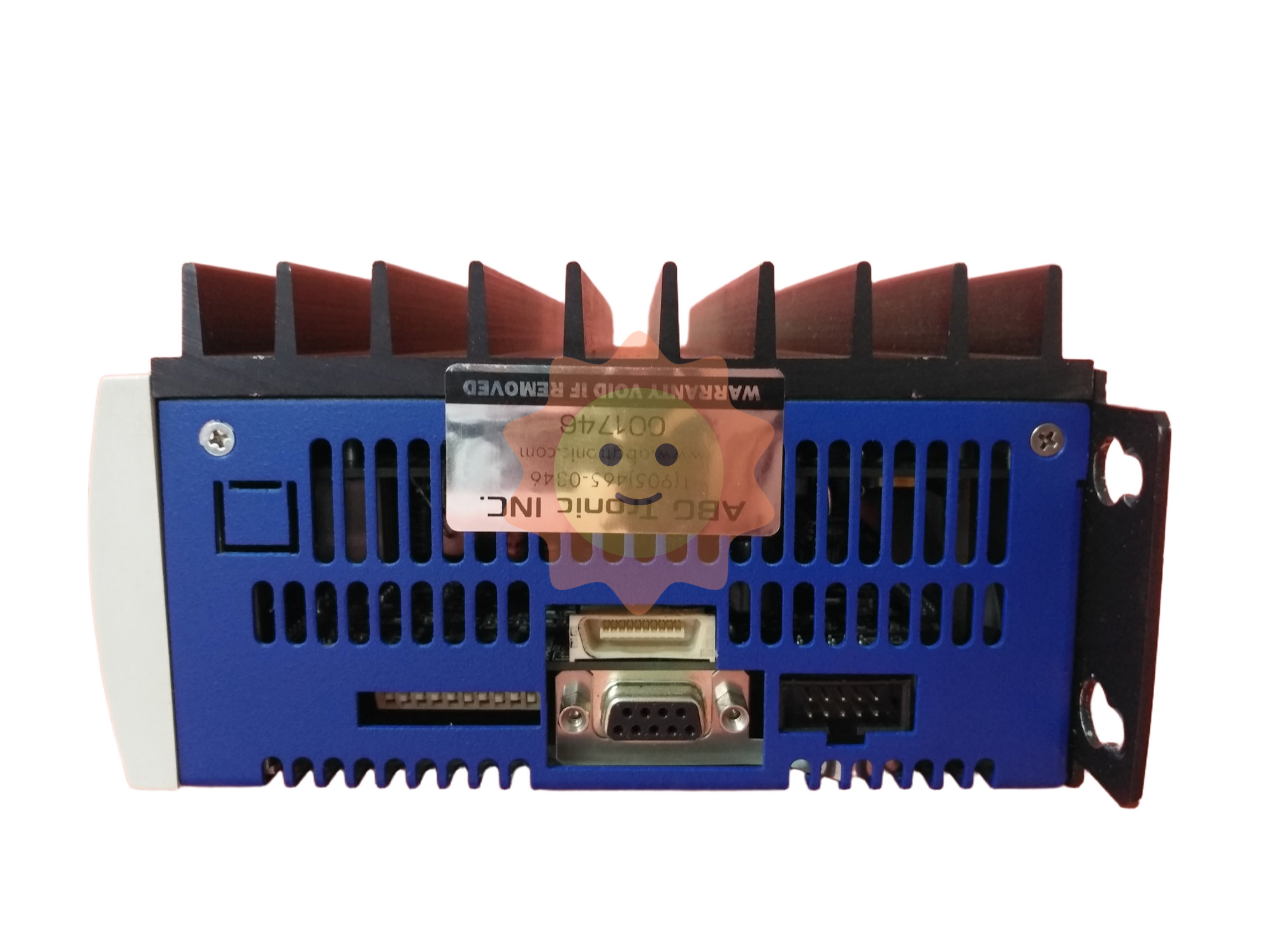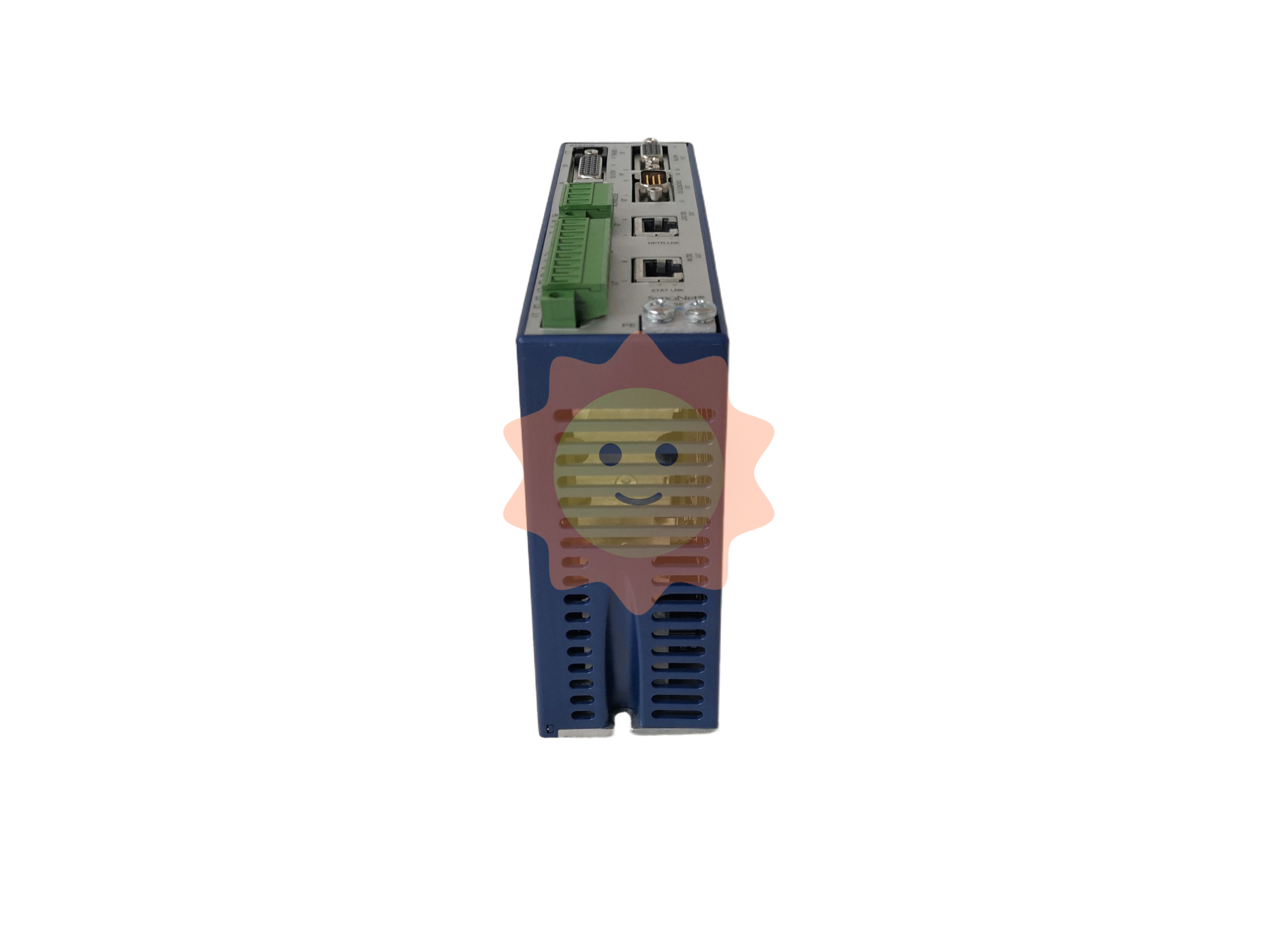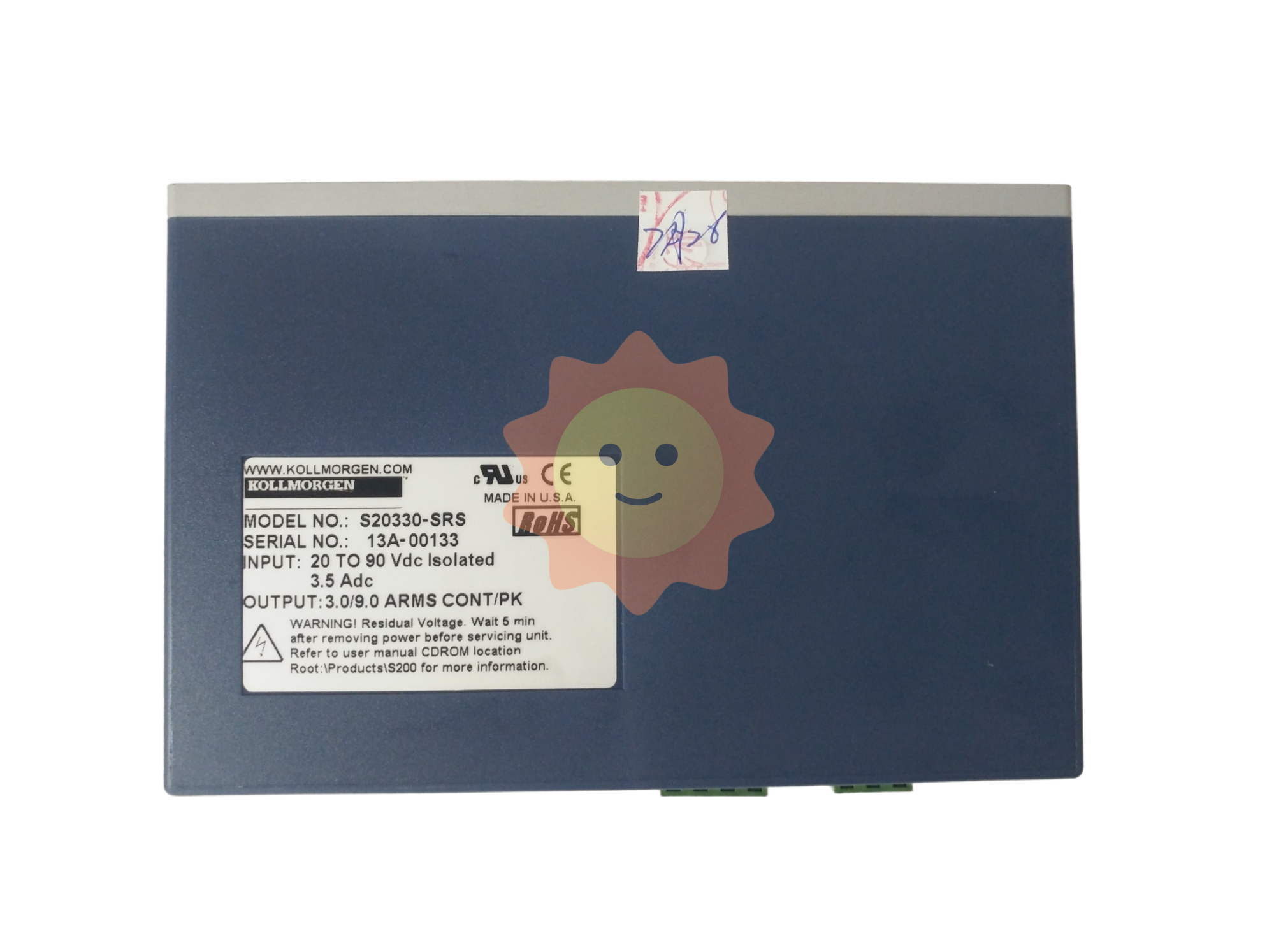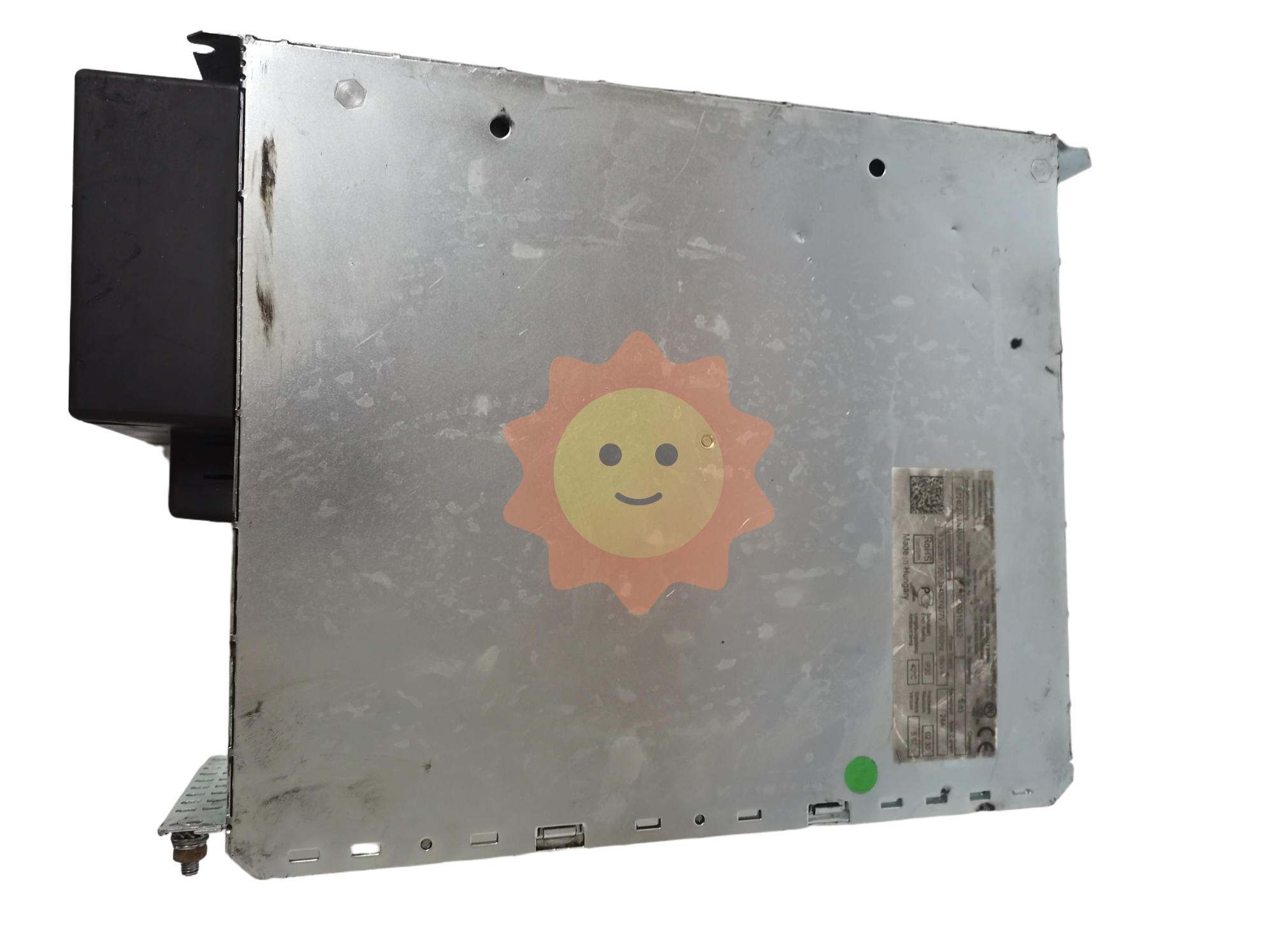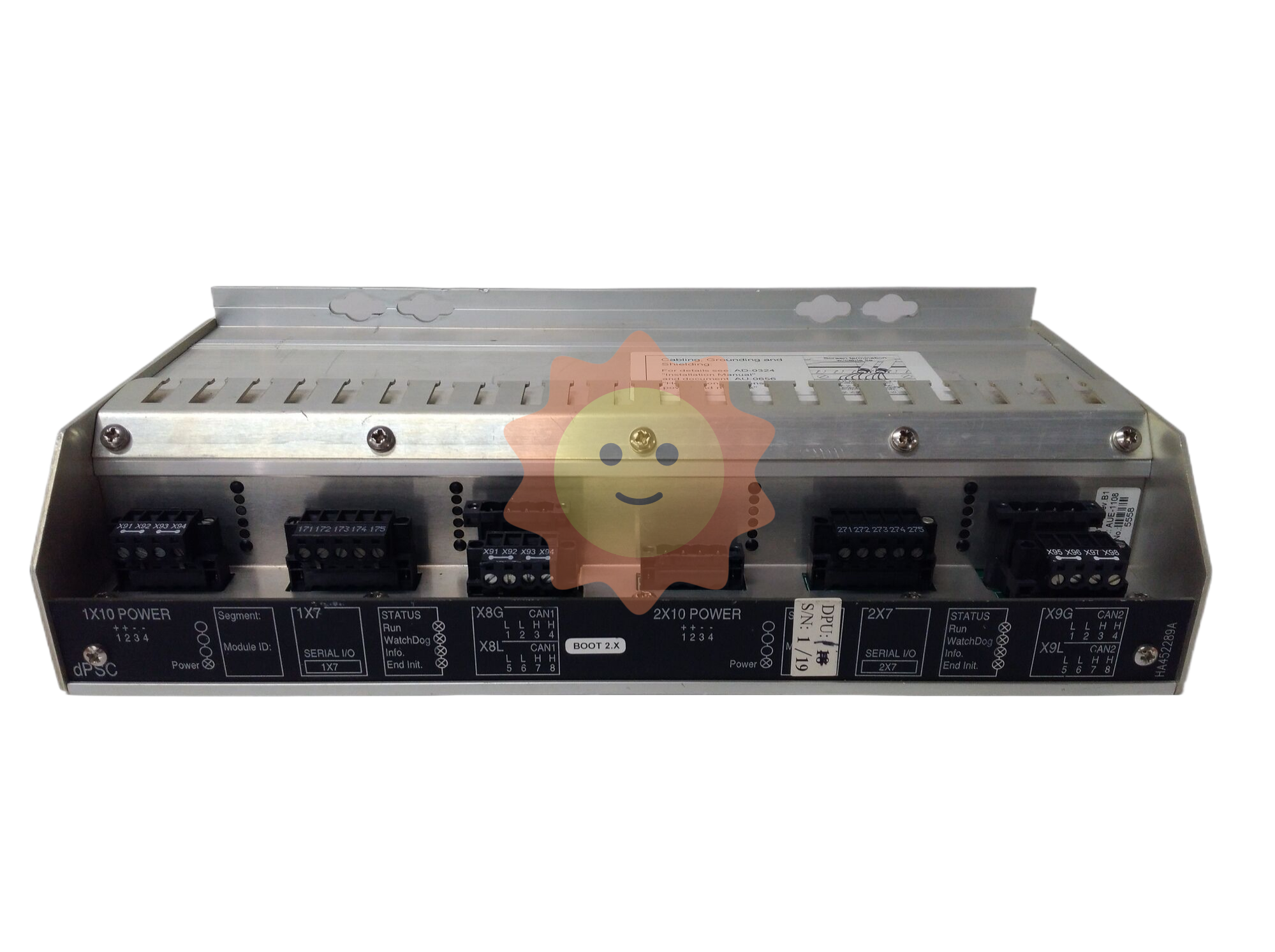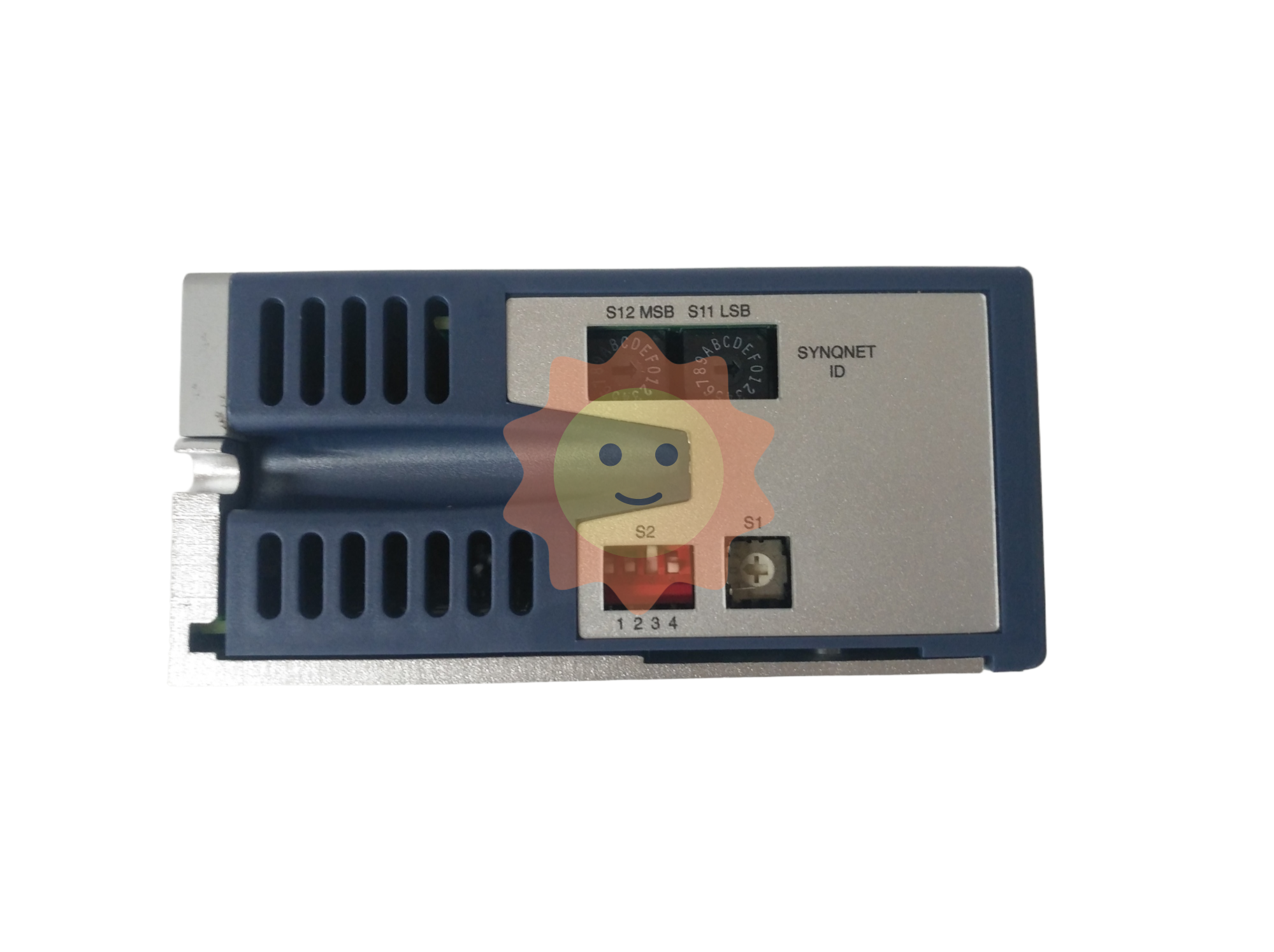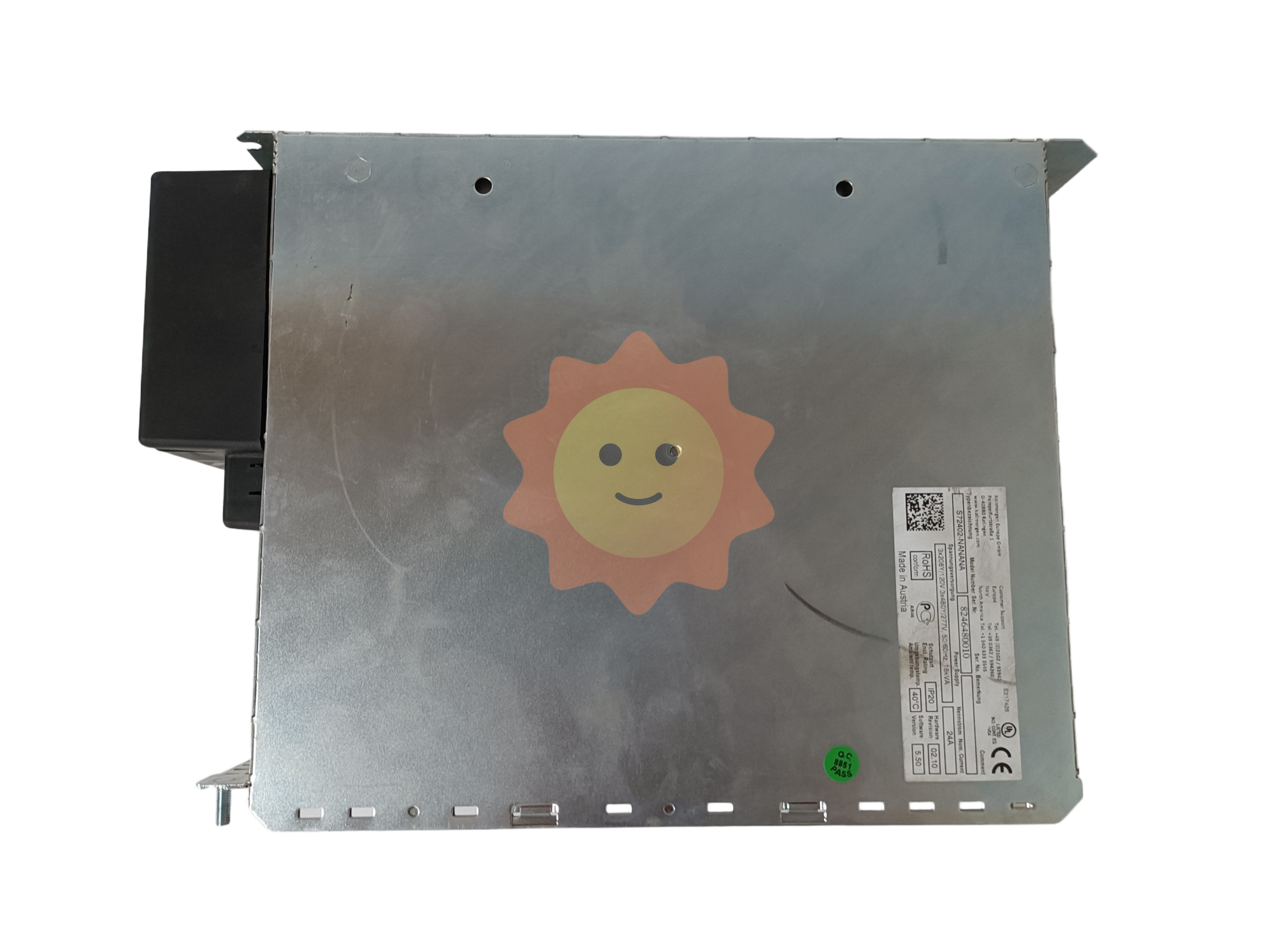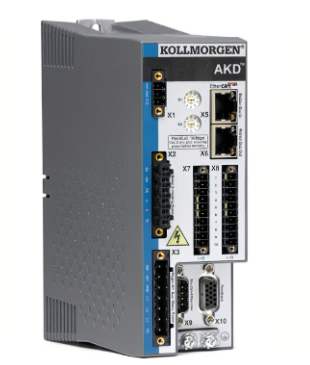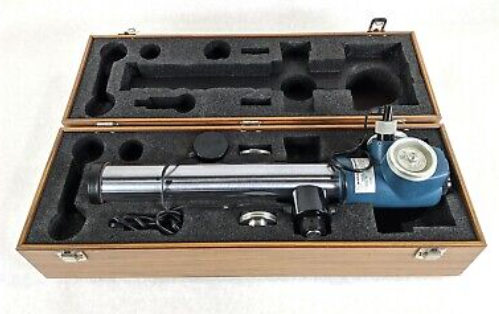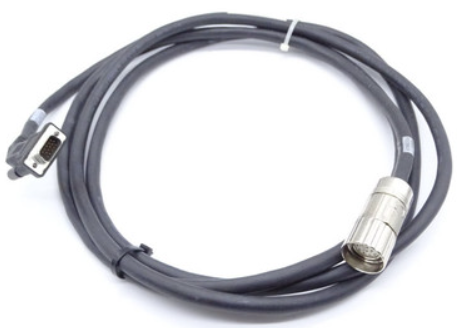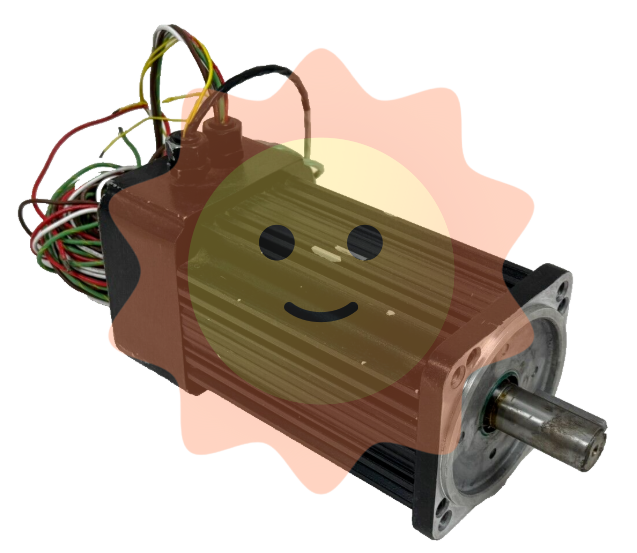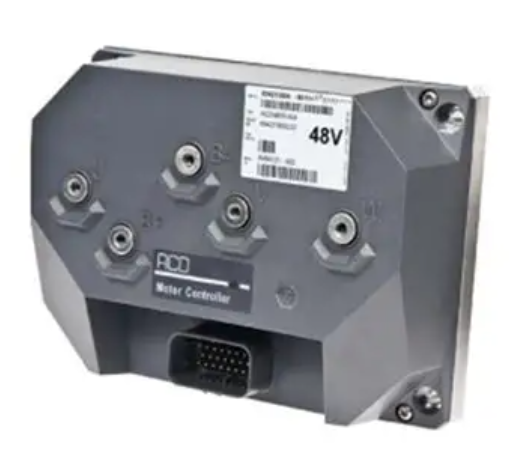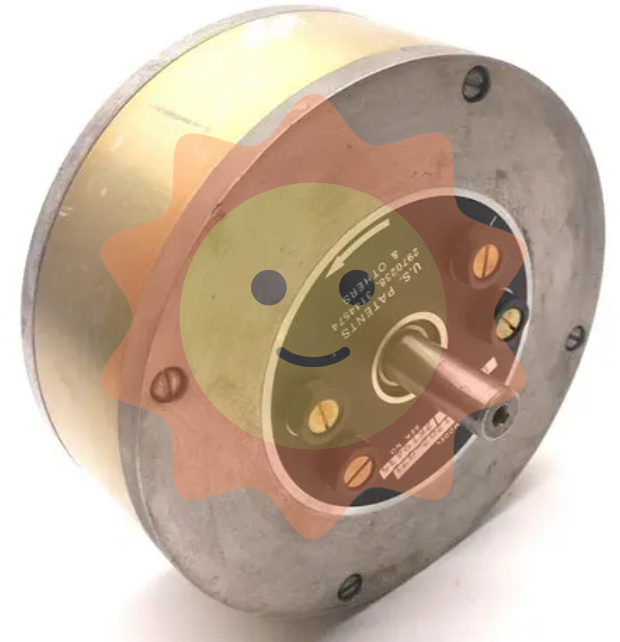What exactly is an "electric charge"?
True to our original purpose, we have been studying electronic information for a long time, and we seem to have forgotten why we set out. Forgetting the electron itself, forgetting the basic movement of electrons, we all yearn for programming, artificial intelligence, radar, big data and 5G, 6G, etc., but we have long forgotten what the most basic electronic motion state is? But remember, this is all based on the movement of electrons.
When we were in elementary school, we knew the terms static electricity, positive electricity and negative electricity; In junior high school, we learned the basic circuit components and circuit diagrams (electrical diagrams), as well as Ohm's law and so on; In high school, we learned Faraday's law of electromagnetic induction, Lenz's Law, and Ampere's rule. In college, we learned basic theories such as Maxwell's equations and Kirchhoff's law.
All this way, what are we learning, who are we talking to, who are we going to know, who are we going to understand? And who will serve the world. We forget that our teachers didn't say it, maybe they did, but didn't have a deep understanding of what electrons are. Those of us who have come along the way or are moving forward, please don't forget, what is the object of your study? What are the things you have to do? How are you going to do it?

In order not to forget the original heart, all this, we must start from the charge of this thing!
To answer what is an electric charge is like answering why is there gravity between matter?
These questions are too fundamental, the current science has not been able to answer, many of the laws of physics are still only phenomenal, for example, the law of gravitation, Coulomb's law, the speed of light is unchanged, these are just experimental results, just like the apple hit the Newton first found a phenomenon.
Why this is, however, we do not yet know. This may be the reason why many students are confused, and it is also the fundamental reason why teachers do not understand. The reason why many people misunderstand "charge is a particle" or "how charge behaves as a property" is that most books only introduce electric fields, electric potentials, Coulomb's law, Gauss's law... It neglected to introduce the most basic concept of electric charge.
If one day in the future we know the nature of electric charge and gravitation, then our physical edifice should be complete. But in spite of this, in order to be worthy of their own learning of more than ten years of electrons, I still have to try to understand, to explain, what is the nature of charge?
The answer is: do not know, really do not know, the scientific community has not given the most reasonable explanation, heaven has no eyes. People are still a long way from understanding the nature of electric charge, but this does not affect or conflict with the later theory of electronics. It is because many of our theories are theories derived from experimental phenomena that it is difficult to understand the essence of the problem, which involves the knowledge of quantum field theory.
But there are ways to compare what an electric charge is. Charged particles are often referred to as electric charges, but the charge itself is not a particle, just for the sake of description, it can be thought of as a particle. With these few sentences to describe what is electric charge should not be difficult to understand. This means that the charge moves with the charged particles, like if you move from Beijing to Shanghai, it doesn't matter if you drive there, take the high-speed train, or fly there. So if you think of charge as a property like energy, mass, and heat, then it's easy to understand what it is and build the whole theory of electronics, and understand what charge is.

Here's the official definition:
Charge: is a physical property of matter (is a property), and cannot exist alone. So the charge is not a particle. Normally, electrons have a negative charge, protons have a positive charge, and antielectrons and antiprotons have the opposite charge. We call this an elementary charge or a primary charge. The basic charge e=1.6×10-19 coulombs, and the charge of any charged body except quarks is an integral multiple of or equal to e.
[Quantity of charge] : The quantity of charge is referred to as electricity, which is the quantity value of the charge carried by the object, the international unit of electricity is coulomb, symbol C.
Charges are divided into positive and negative charges, similar charges repel, dissimilar charges attract. There is an interaction between two charged substances, and the force obeies Coulomb's law. Charge is a basic conservation property of many subatomic particles, and we call charged particles charged particles. Is it easier to understand now? Obviously, at a glance.
Charged particles at rest produce an electric field, and charged particles in motion produce an electromagnetic field (emphasis added). The interaction between charged particles and electromagnetic fields is called the electromagnetic force, which is one of the four fundamental forces. This sentence is very important, and many of our future studies rely on this sentence to demonstrate, and many phenomena rely on this sentence to explain.
The directional motion of the charge forms an electric current, as in a metal wire. The use of electric and magnetic fields, according to the need to control the movement of electrons (in solid, vacuum), so as to produce a variety of electronic instruments and components, such as a variety of electronic tubes, electron microscopes. This sentence does not seem to be clear, and the nature of the charge contradicts the above, since the charge is a property, then how can it move? The movement should be charged particles. Regardless of that definition, we're going to move on to what is an electric current?
So let's start with what is an electron? By definition:
electron: The first elementary particle discovered. With negative charge, the electricity is 1.602176634×10-19 coulombs, which is the smallest unit of electricity. The mass is 9.10956×10-31kg. It is usually represented by the symbol e.
The amount of charge carried by an electron, equal to -1.6*10^-19 coulombs, which is the smallest amount of charge carried in nature (above the scale of 10^-15m, except for quarks), and must be a multiple of this value.
It was discovered in 1897 by British physicist Joseph John Thompson while studying cathode rays. All atoms consist of a positively charged nucleus and a number of electrons moving around it.
After our understanding and understanding of the above content, we can ask a question, that is, what is current?

The following definition:
[Current] : Scientifically, the amount of electricity passing through any cross section of the conductor in unit time is called current intensity, referred to as current, the current symbol is I, the unit is amperes (A), referred to as "ampere" (scientific definition).
Electrical regulation: the direction of directional flow of positive charge is the direction of current. In engineering, the directional flow direction of positive charge is the current direction, and the size of the current is expressed by the charge Q flowing through the cross section of the conductor in a unit time, which is called the current intensity (electrical definition). Now the theory is a little confused, is it an electric charge or a charged particle?
So let's call "charged particles" electric charges. In addition, according to the directivity of the electric field force, the charge can be divided into positive and negative charges, and the electron has negative charges. Positive charge: A glass rod rubbed with silk is prescribed to have a positive charge. Negative charge: It is prescribed that rubber rods rubbed with fur carry a negative charge. So we can continue to develop our theory.
So can we see the current as it was? I don't think you can see current from the definition of current. Why? Because the definition of current says that current is current intensity, represents strength, is a degree and state, so it can not be seen, but it is really there.
Have you ever wondered how electricity is formed in a conductor, like copper wire? Let's explain. The definition is as follows: The free charge in the conductor under the action of the electric field force to do a regular directional motion to form a current. But that doesn't make it clear, what is a free charge? What is regular orienteering?
[Free charge] : The free charge in a metal conductor is a free electron, and the positive and negative ions in an aqueous solution of an acid, a base, and a salt (let's not talk about electrochemistry first, the college entrance electrochemical body is actually very simple). What is a free electron?
free electron: A free electron, or delocalized electron, in chemistry refers to an electron in a molecule that is not associated with a particular atom or covalent bond, mainly a free charge in a metal conductor. See, this is related to covalent bonds and chemical bonds, and as we dig deeper and deeper into the fundamentals of this electron, we'll see this free electron again in the Fundamentals of Analog Electronics. But in this sentence, it still doesn't make clear what is the relationship between free electrons and free charges?
But we just need to understand that a free electron is an electron, an electron that is not bound to an atom. Such electrons can move in matter or in a vacuum when subjected to an external electric or magnetic field. For example, atoms combine into metal crystals mainly by the valence electrons in the outer layer of the atom and some of the inner electrons. Under normal circumstances, some valence electrons can break away from the atom and move freely in the crystal lattice. This electron is called a free electron. We'll just have to understand later that the applied electric field is the voltage.

Therefore, we continue to explain what is current, that is, under the application of an applied electric field (voltage), the free electrons in a metal conductor move in a direction (regular, directional), and a current is formed. So in which direction?
The direction of current in a conductor is always along the electric field from the high potential to the low potential. The direction of the physical current is the direction of the directional motion of the positive charge (that is, the positive direction of the velocity of the directional motion of the positive charge or the opposite direction of the velocity of the directional motion of the negative charge). The direction of the current is the opposite of the direction of the electron, and here we will have a reference direction, let's not worry about this direction for a moment, this is artificial definition.
Here you'll be blind again. What's the charge? You can look at the previous definition, here we think of charge as charged particles, that is, electrons, after all, in the metal conductor can move inside the free electrons, that is, electrons. So our understanding fits the theory.
In fact, the most reasonable explanation should be: charge can be regarded as a charged particle, the free electron is the carrier of charge, just like the object is the carrier of the quality of this property, the movement of these carriers is the most essential reason for the formation of current. The electron is just a carrier, and the real effect is the charge, which can form an electric field behind the accumulation, which can push the electron. So our textbook theory, all the time, says that charge works, but it doesn't say why charge works at all, and the textbook is right, it just doesn't spell out the nature of charge, it doesn't convey it.
- EMERSON
- Honeywell
- CTI
- Rolls-Royce
- General Electric
- Woodward
- Yaskawa
- xYCOM
- Motorola
- Siemens
- Rockwell
- ABB
- B&R
- HIMA
- Construction site
- electricity
- Automobile market
- PLC
- DCS
- Motor drivers
- VSD
- Implications
- cement
- CO2
- CEM
- methane
- Artificial intelligence
- Titanic
- Solar energy
- Hydrogen fuel cell
- Hydrogen and fuel cells
- Hydrogen and oxygen fuel cells
- tyre
- Chemical fiber
- dynamo
- corpuscle
- Pulp and paper
- printing
- fossil
- FANUC
- Food and beverage
- Life science
- Sewage treatment
- Personal care
- electricity
- boats
- infrastructure
- Automobile industry
- metallurgy
- Nuclear power generation
- Geothermal power generation
- Water and wastewater
- Infrastructure construction
- Mine hazard
- steel
- papermaking
- Natural gas industry
- Infrastructure construction
- Power and energy
- Rubber and plastic
- Renewable energy
- pharmacy
- mining
- Plastic industry
- Schneider
- Kongsberg
- NI
- Wind energy
- International petroleum
- International new energy network
- gas
- WATLOW
- ProSoft
- SEW
- wind
- ADVANCED
- Reliance
- YOKOGAWA
- TRICONEX
- FOXBORO
- METSO
- MAN
- Advantest
- ADVANCED
- ALSTOM
- Control Wave
- AB
- AMAT
- STUDER
- KONGSBERG
- MOTOROLA
- DANAHER MOTION
- Bently
- Galil
- EATON
- MOLEX
- Triconex
- DEIF
- B&W
- ZYGO
- Aerotech
- DANFOSS
- KOLLMORGEN
- Beijer
- Endress+Hauser
- MOOG
- KB


Email:wang@kongjiangauto.com


